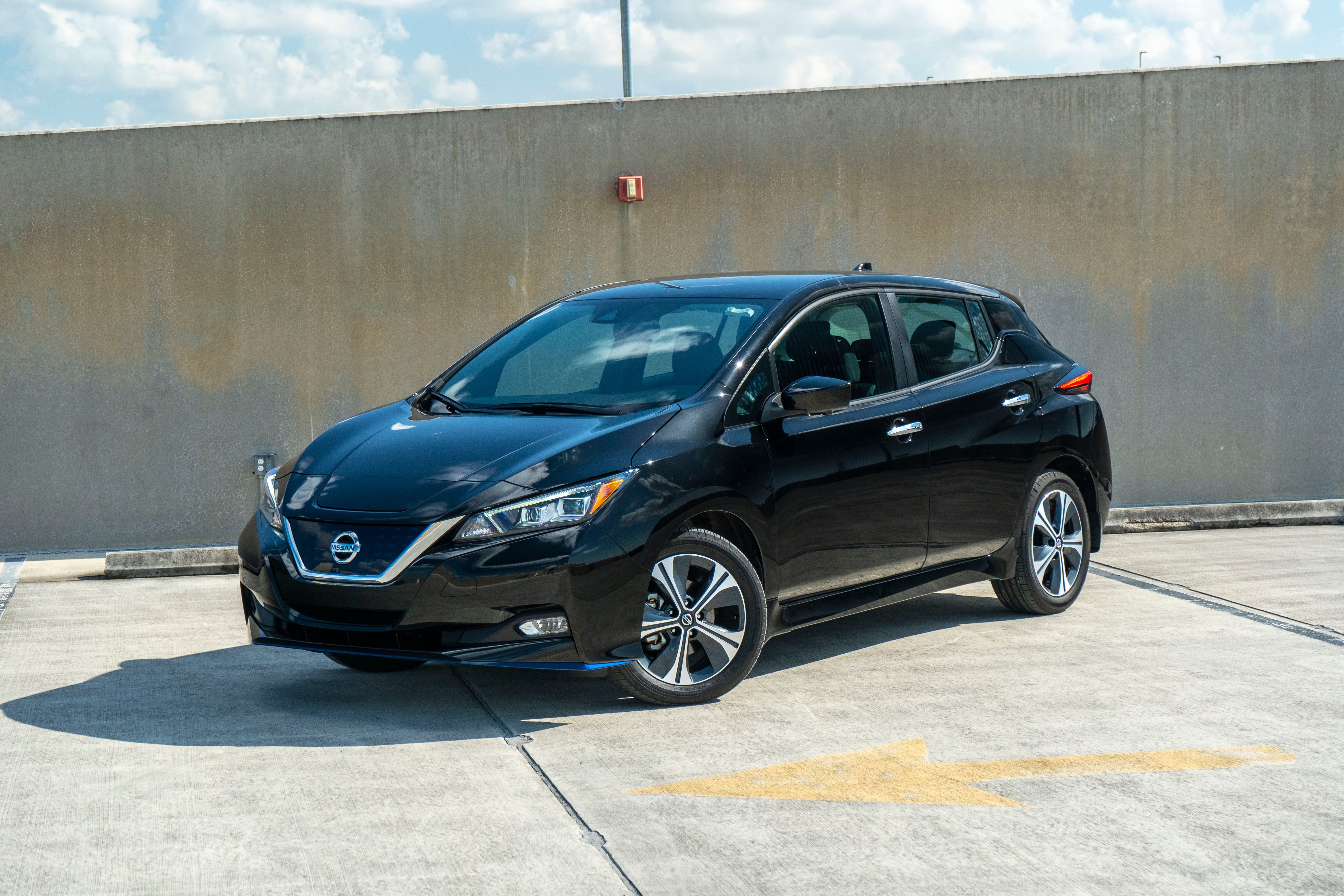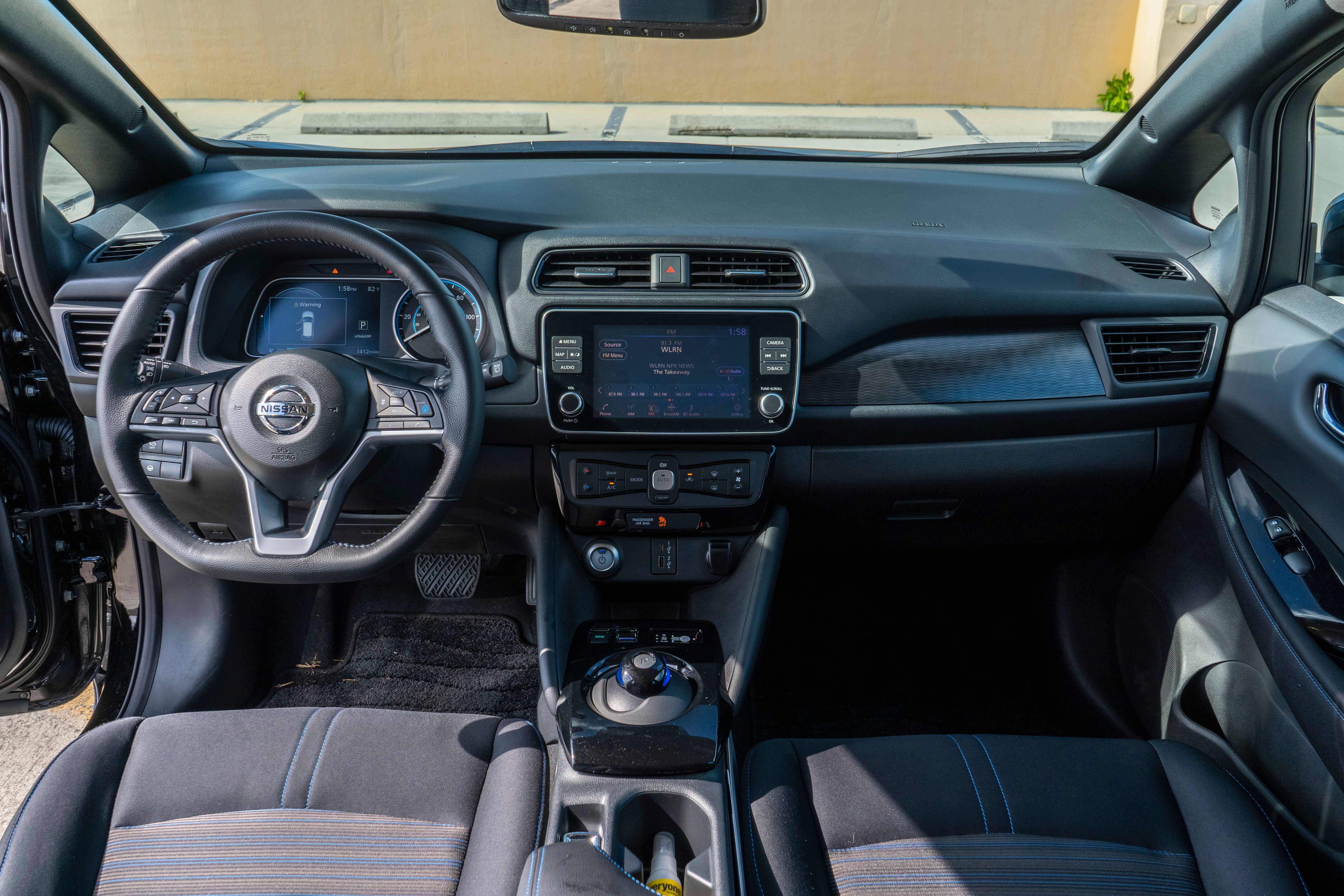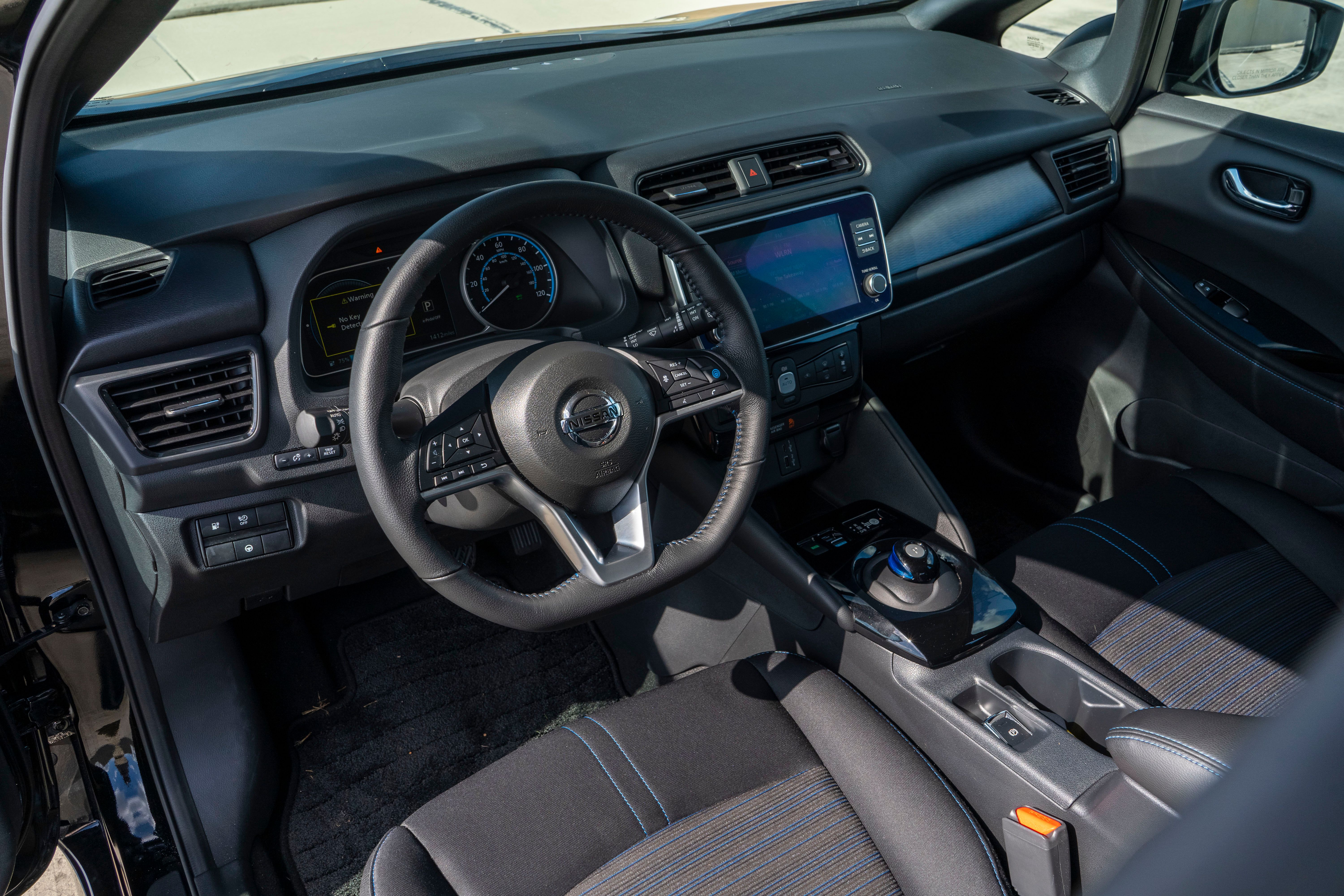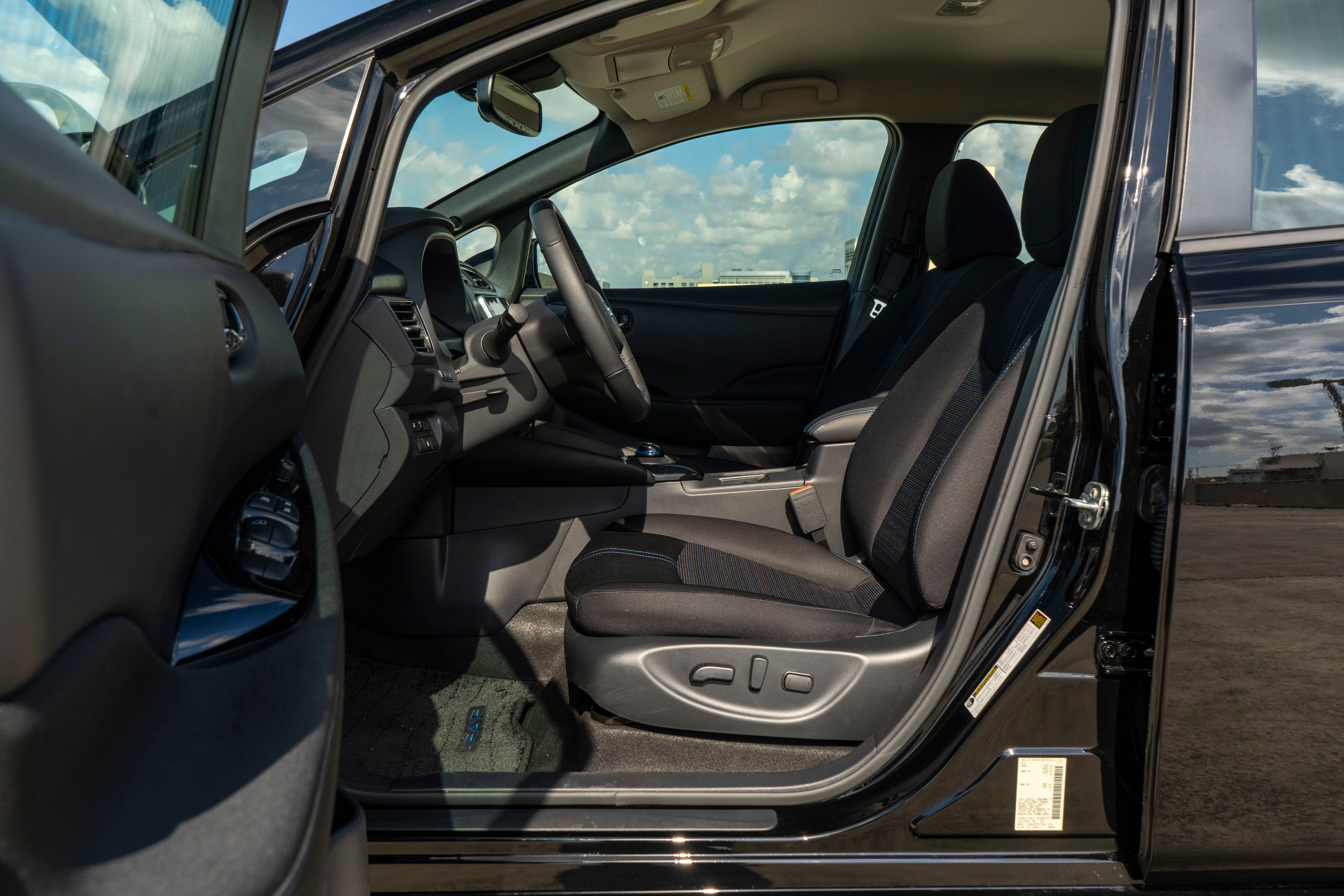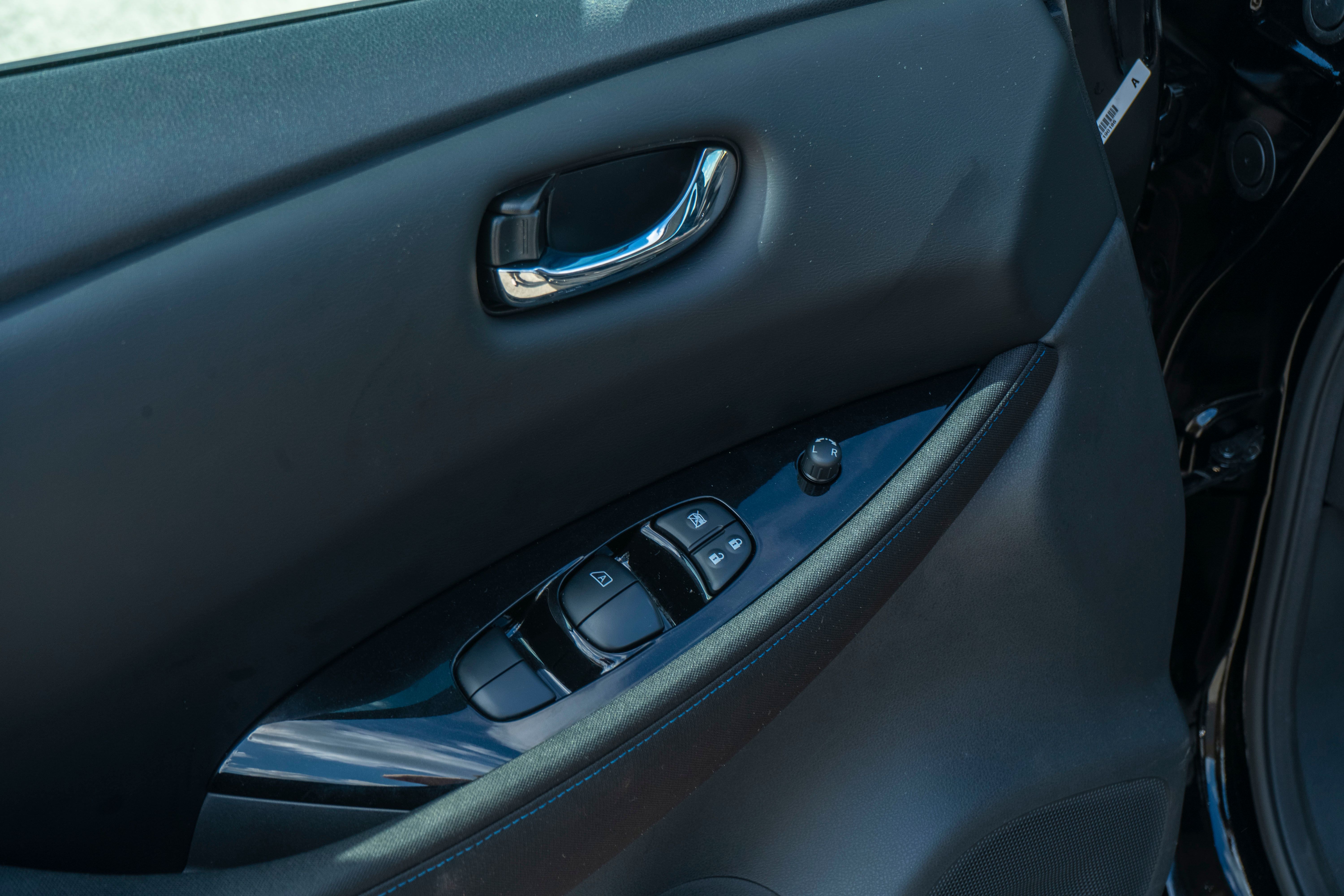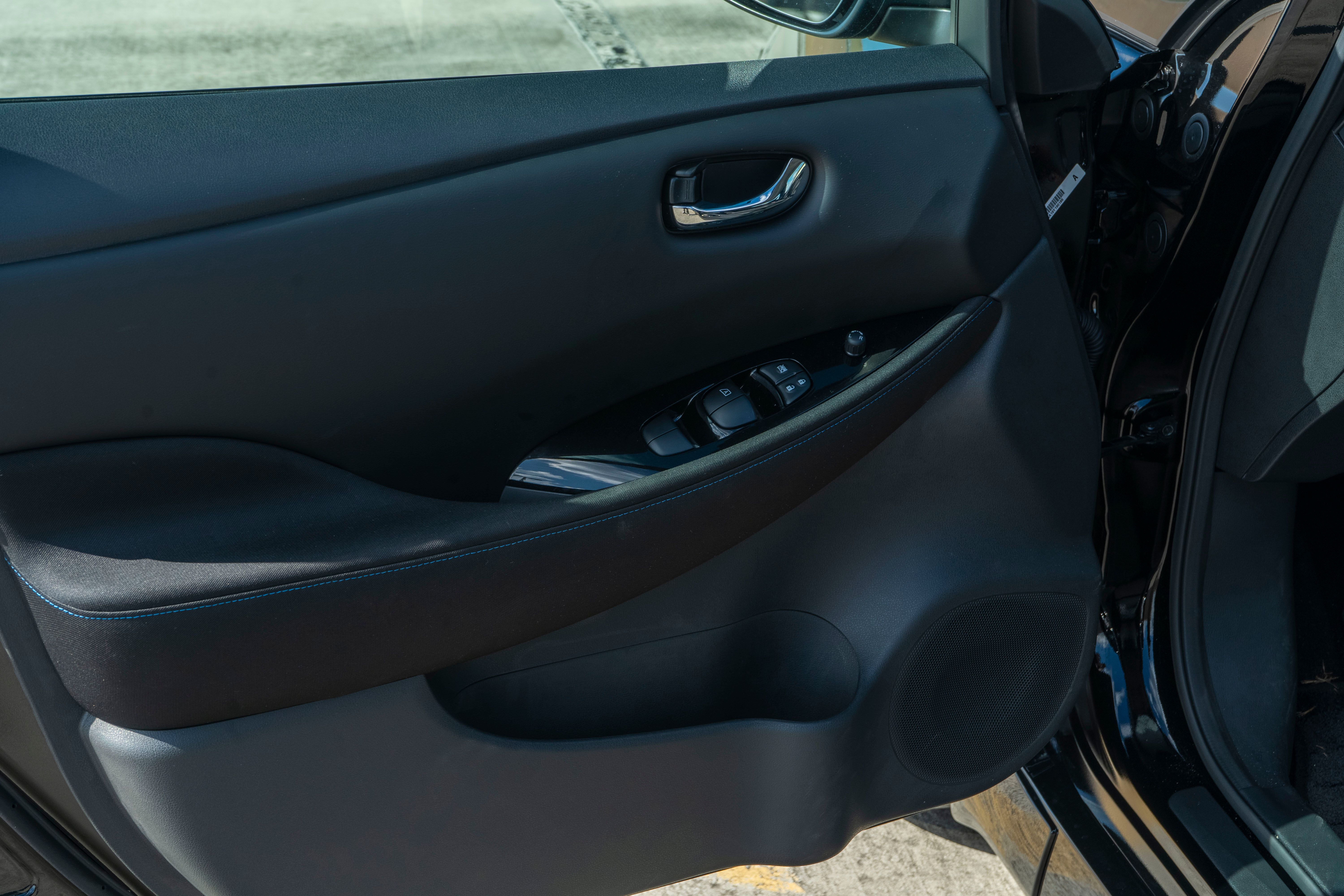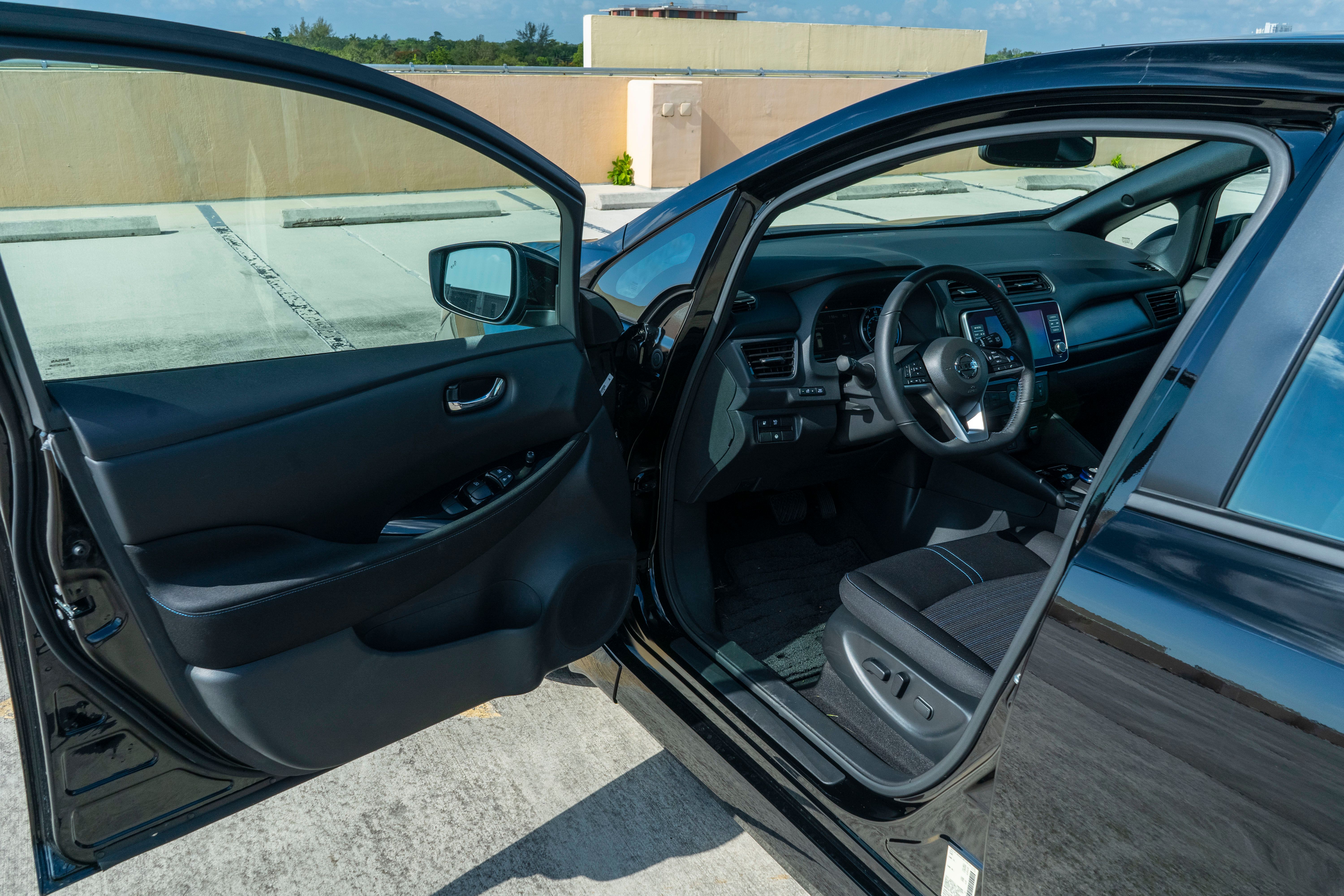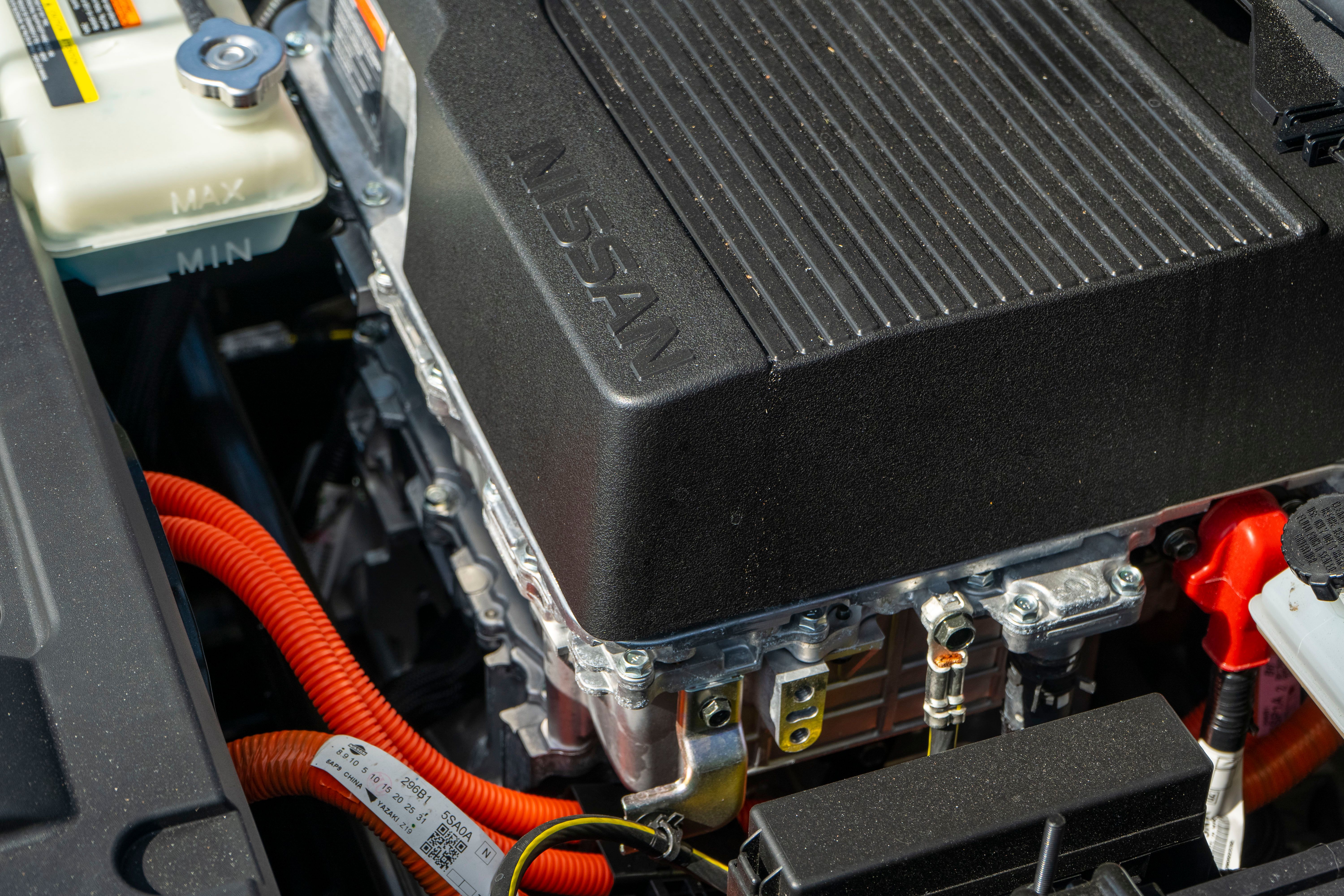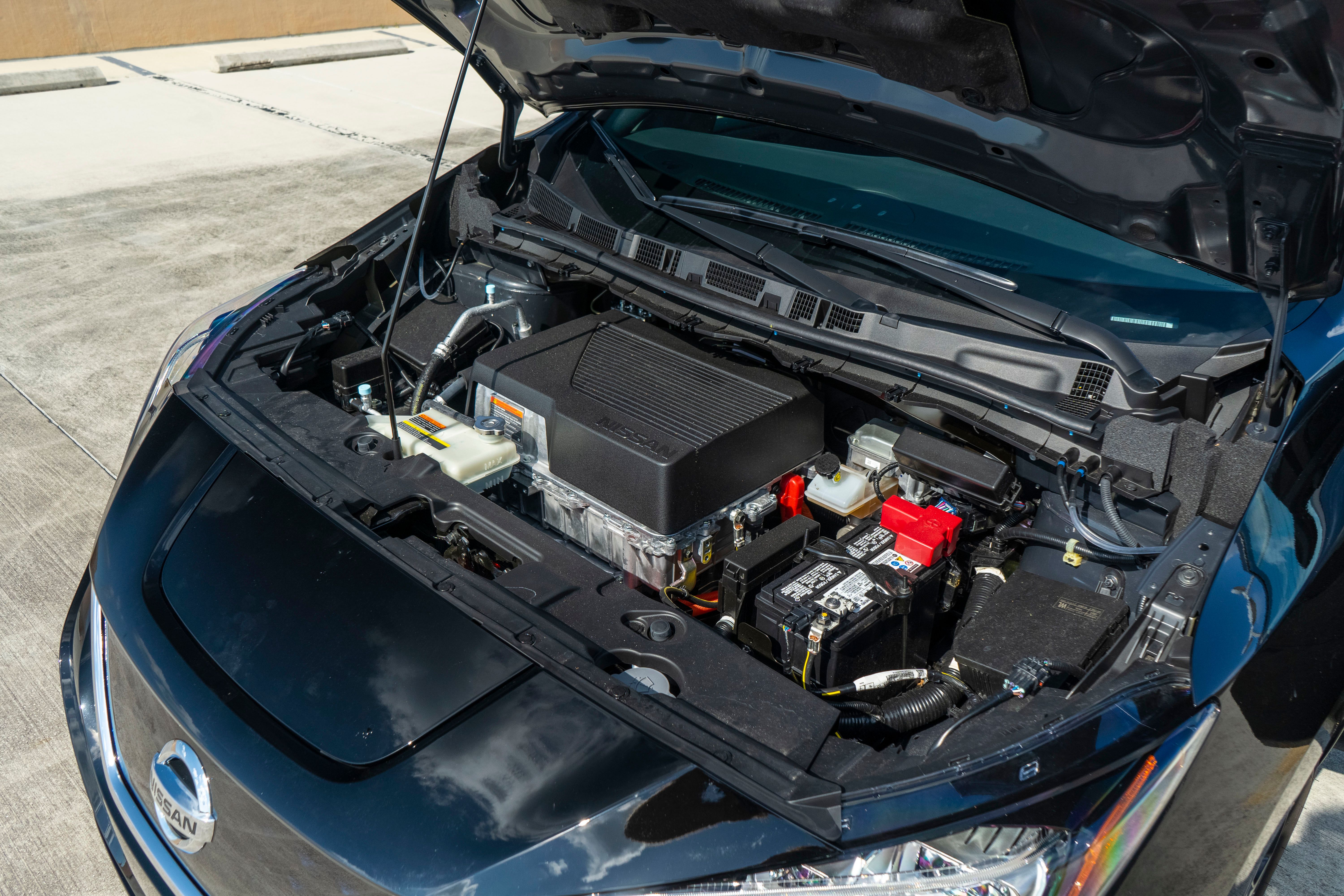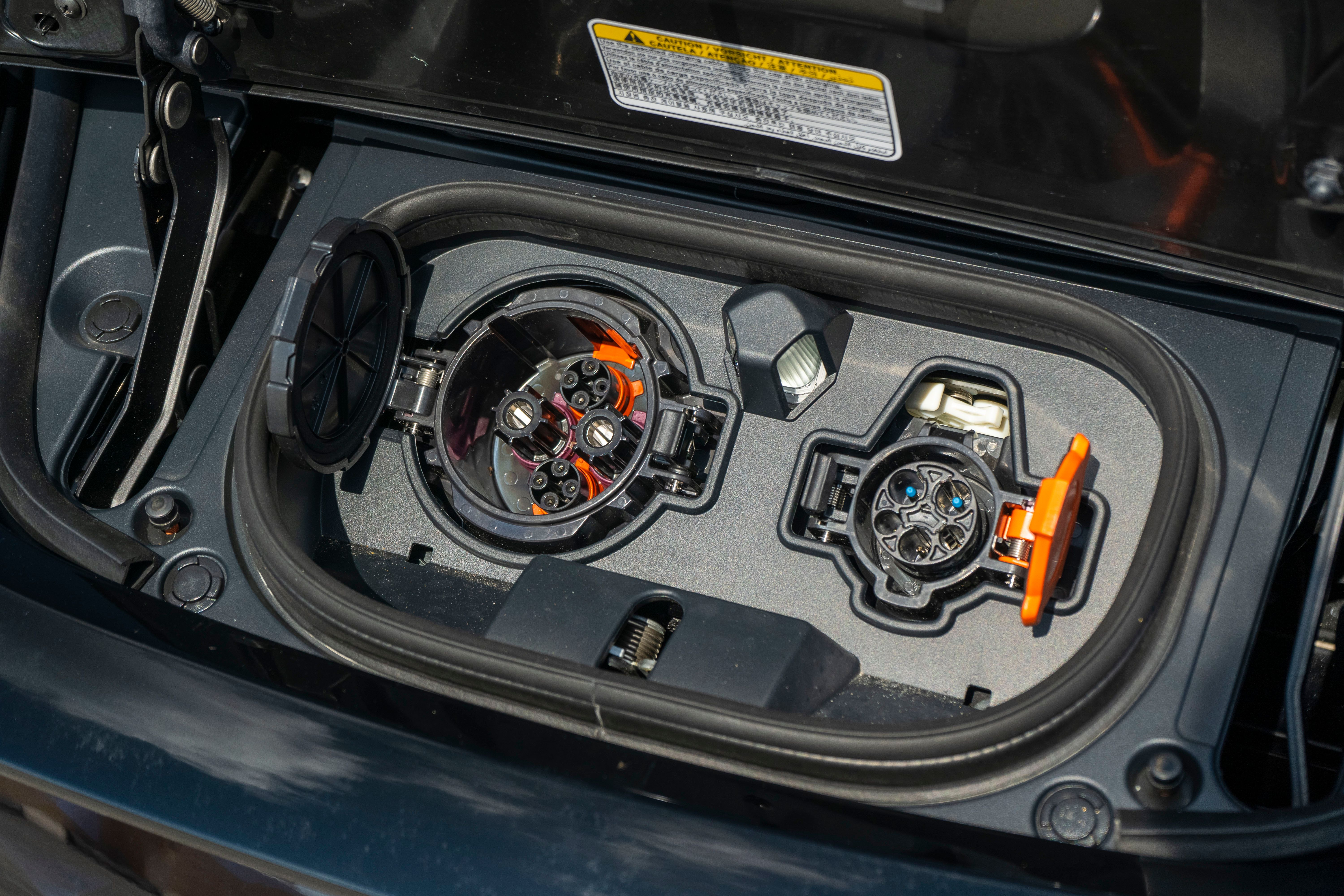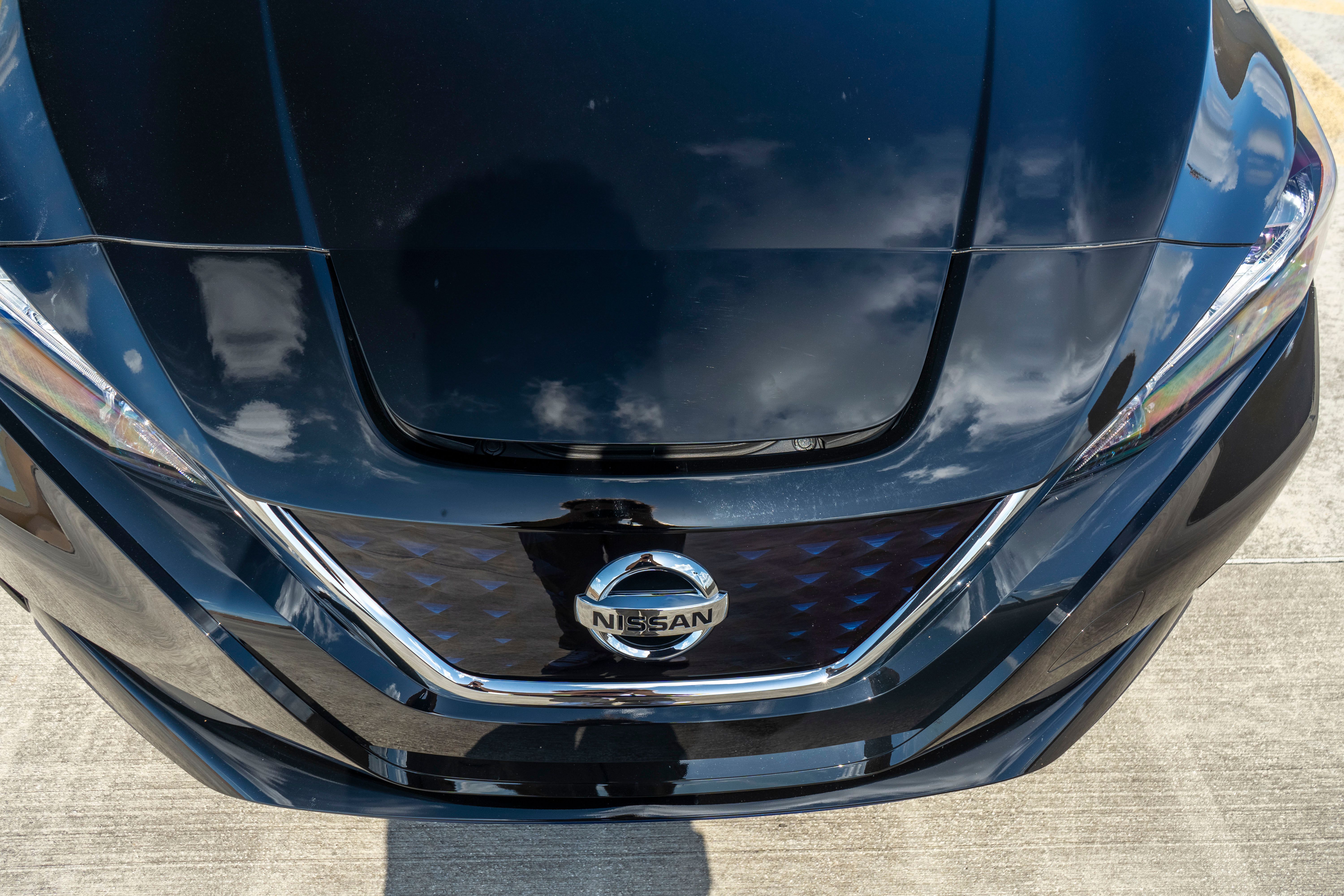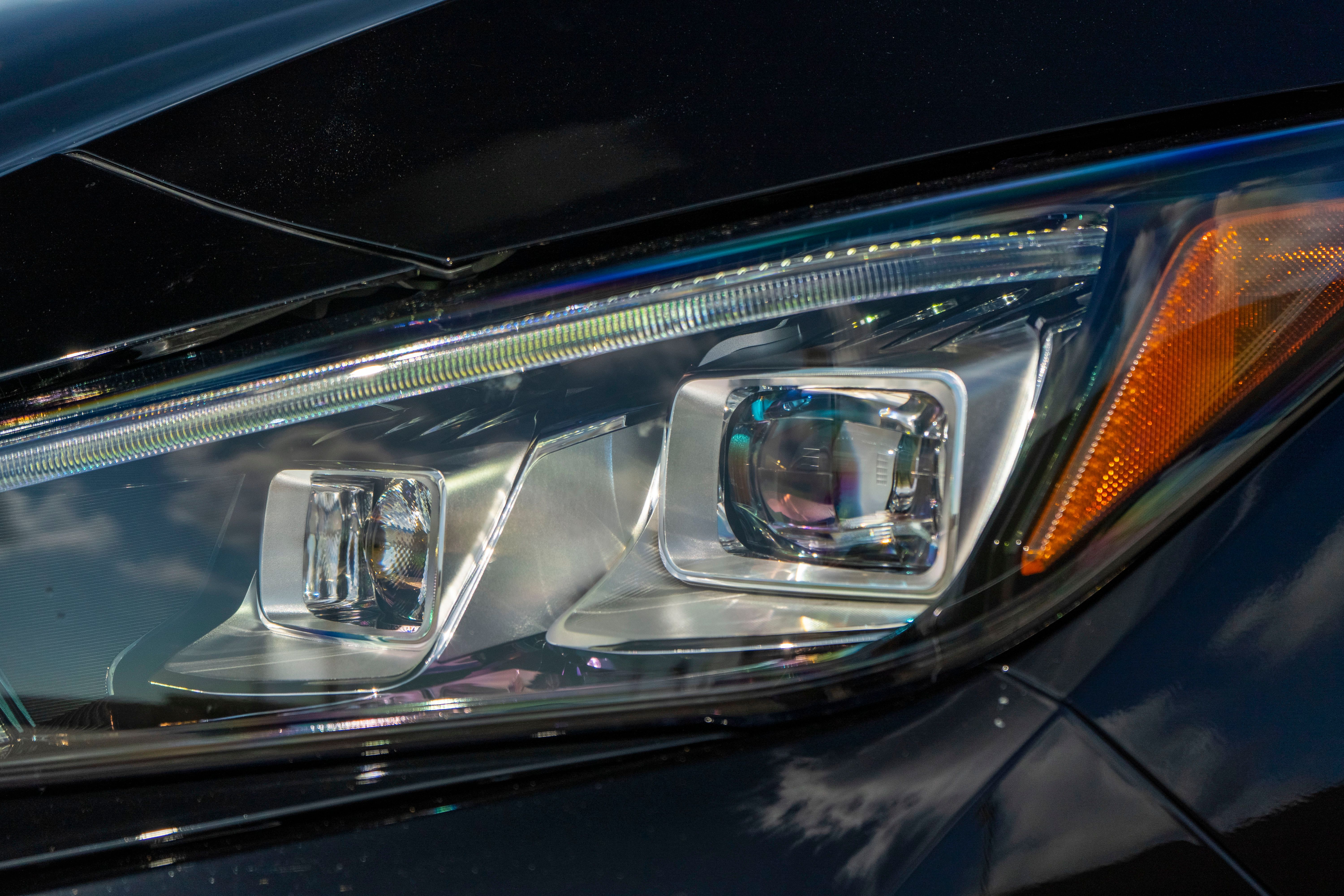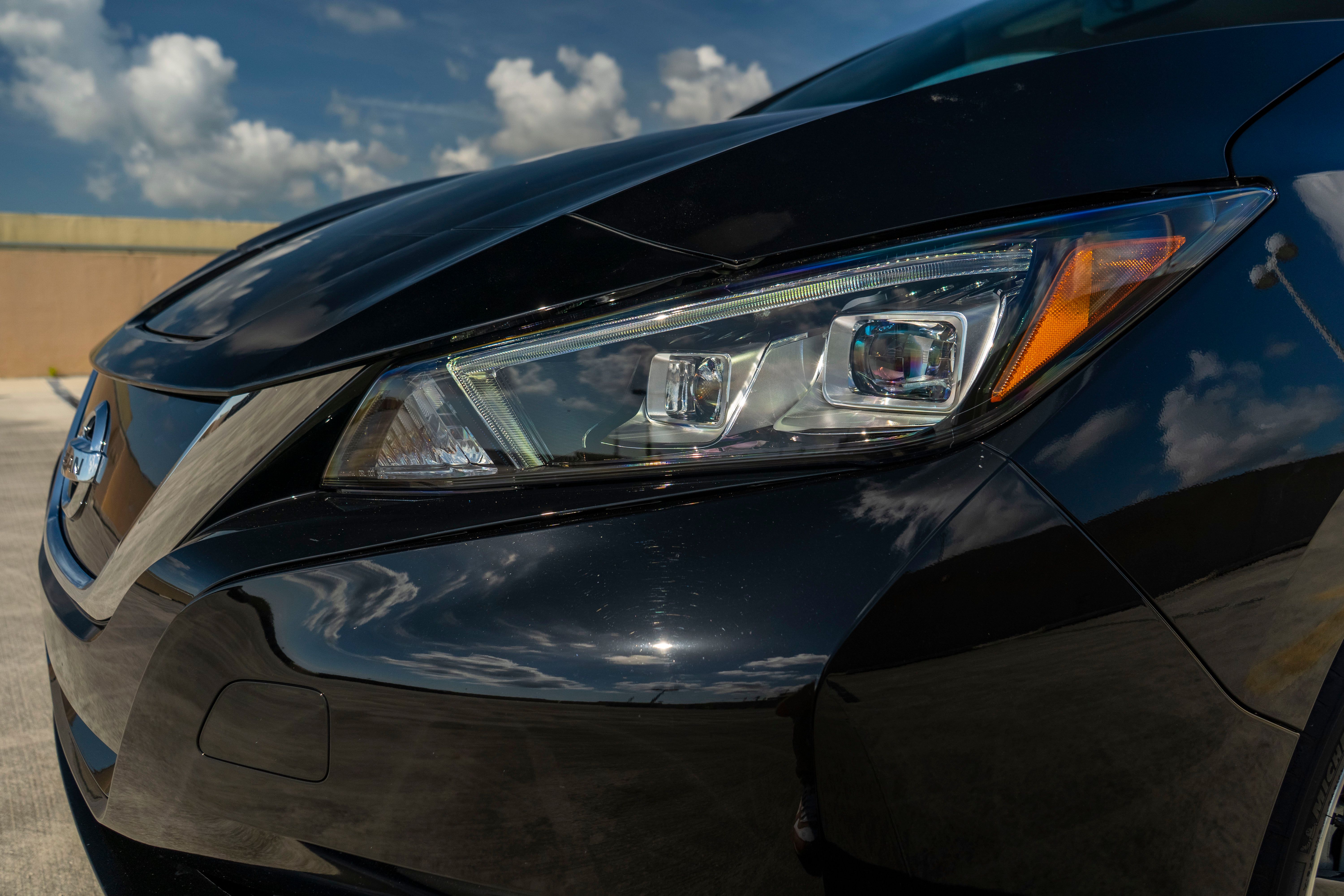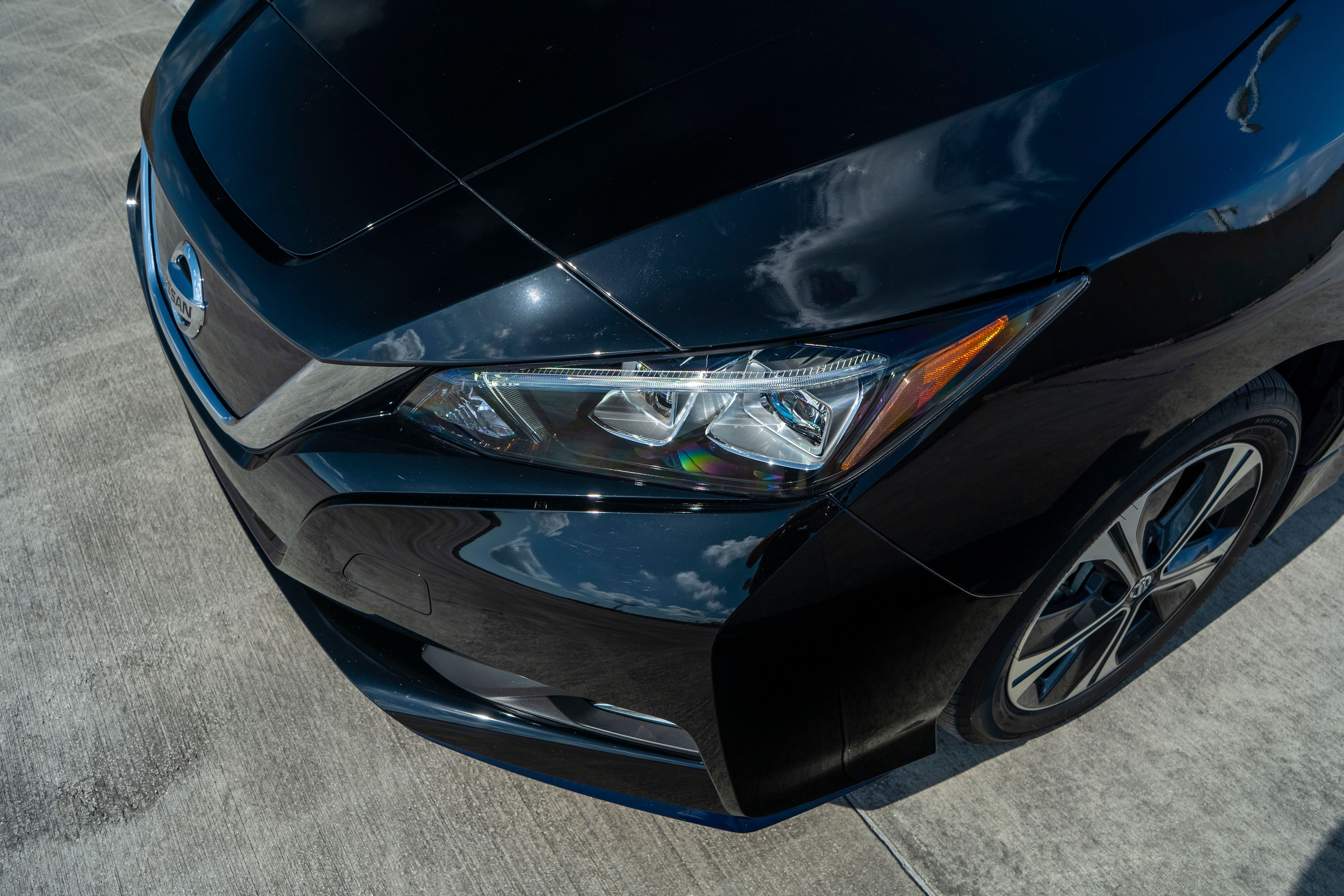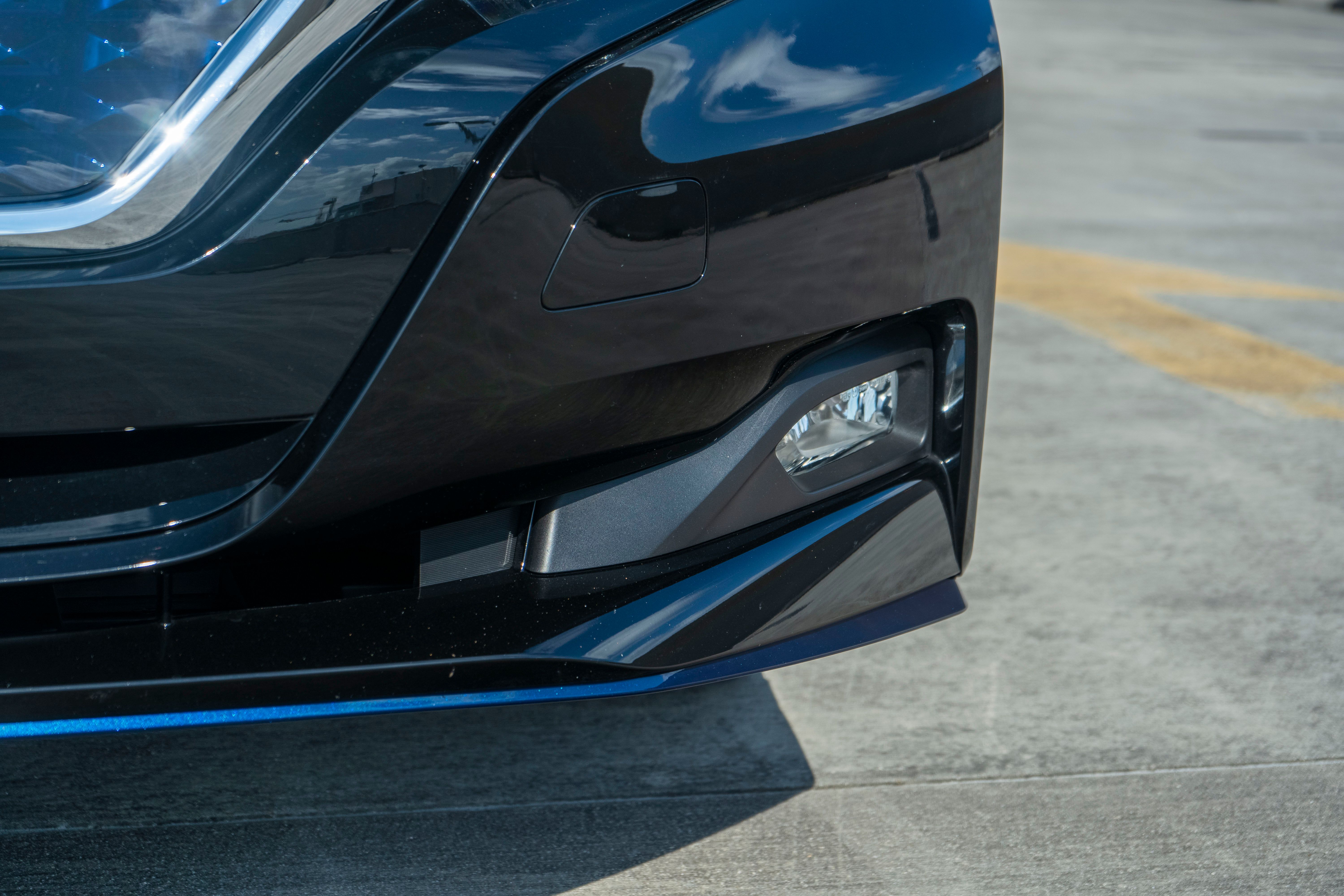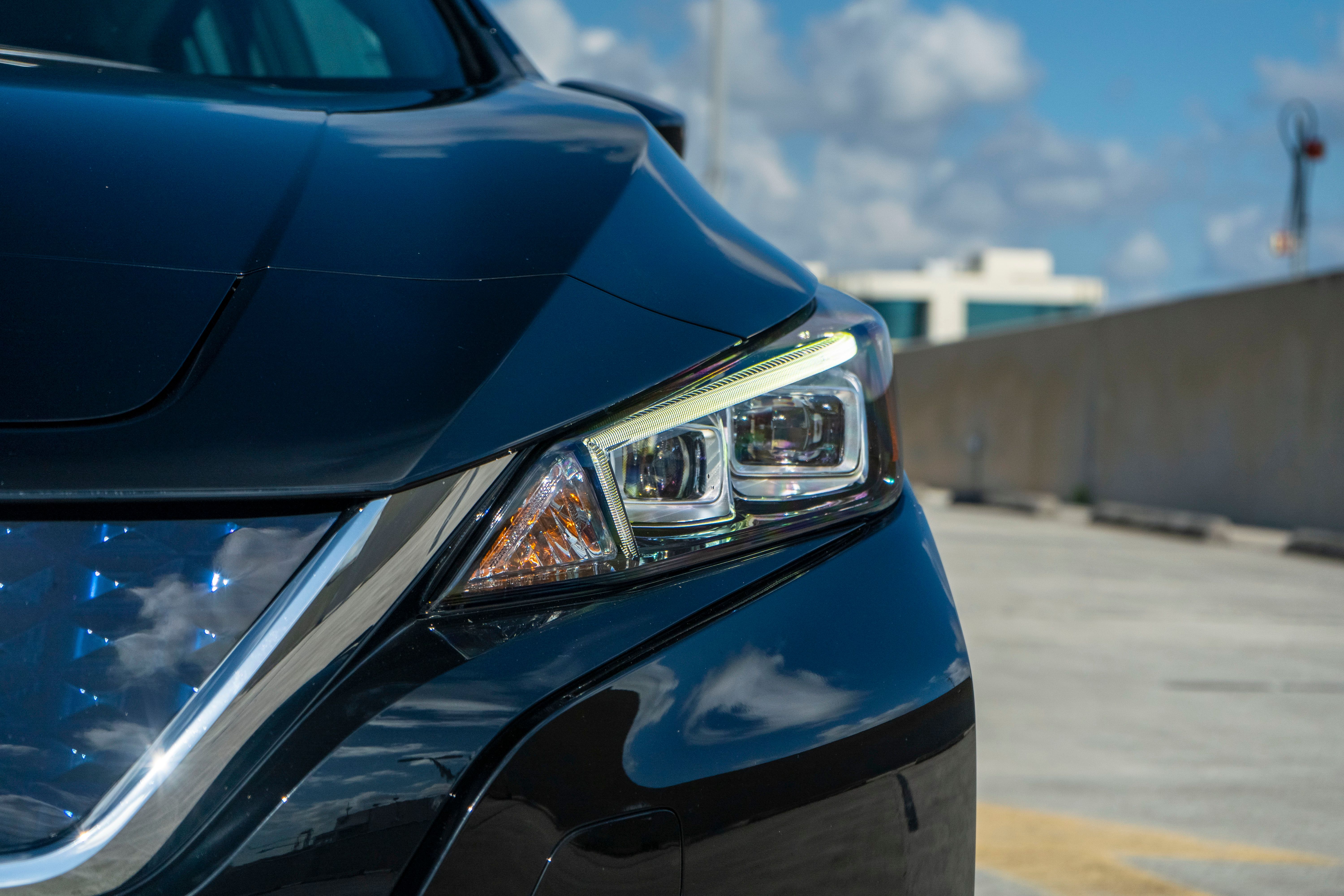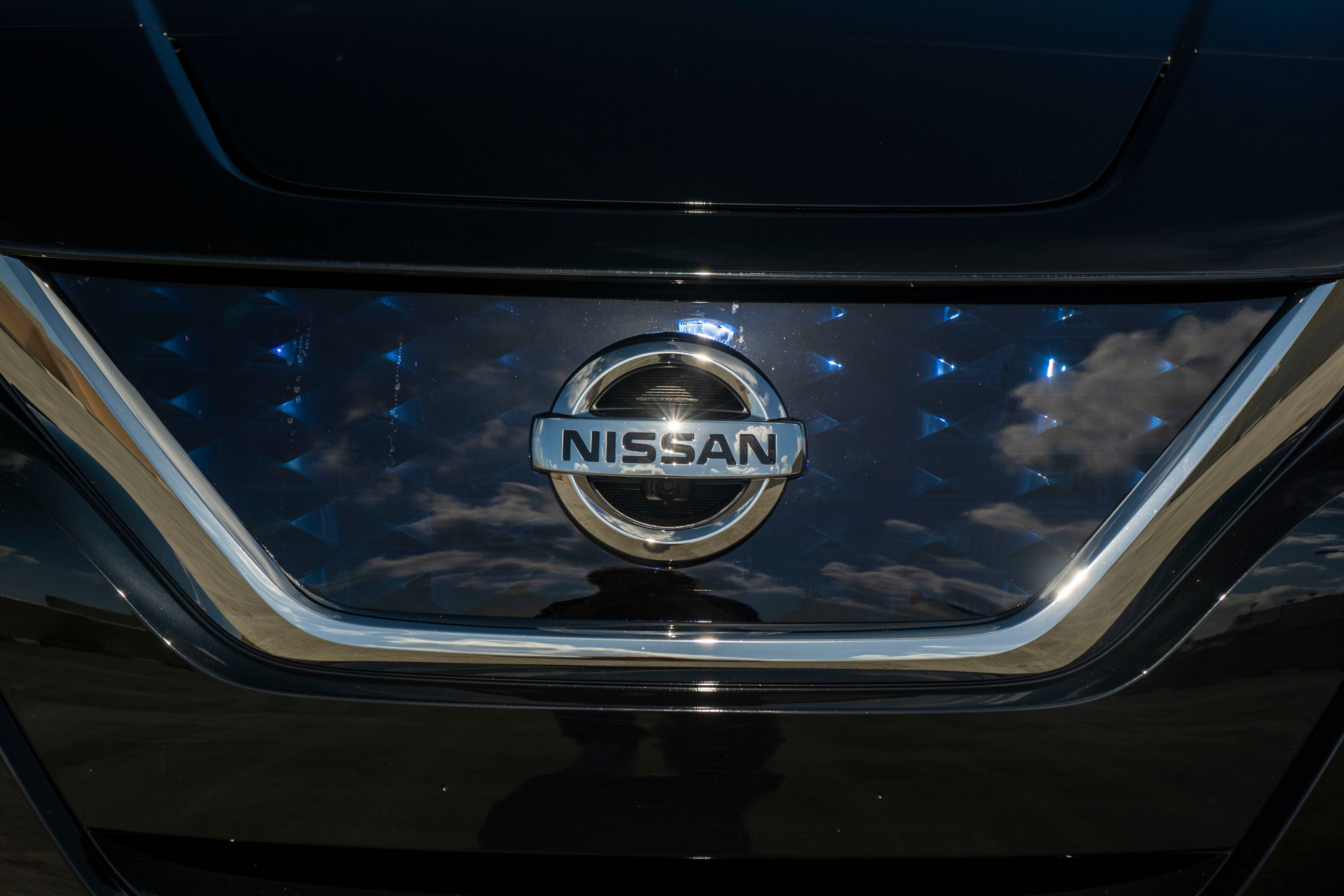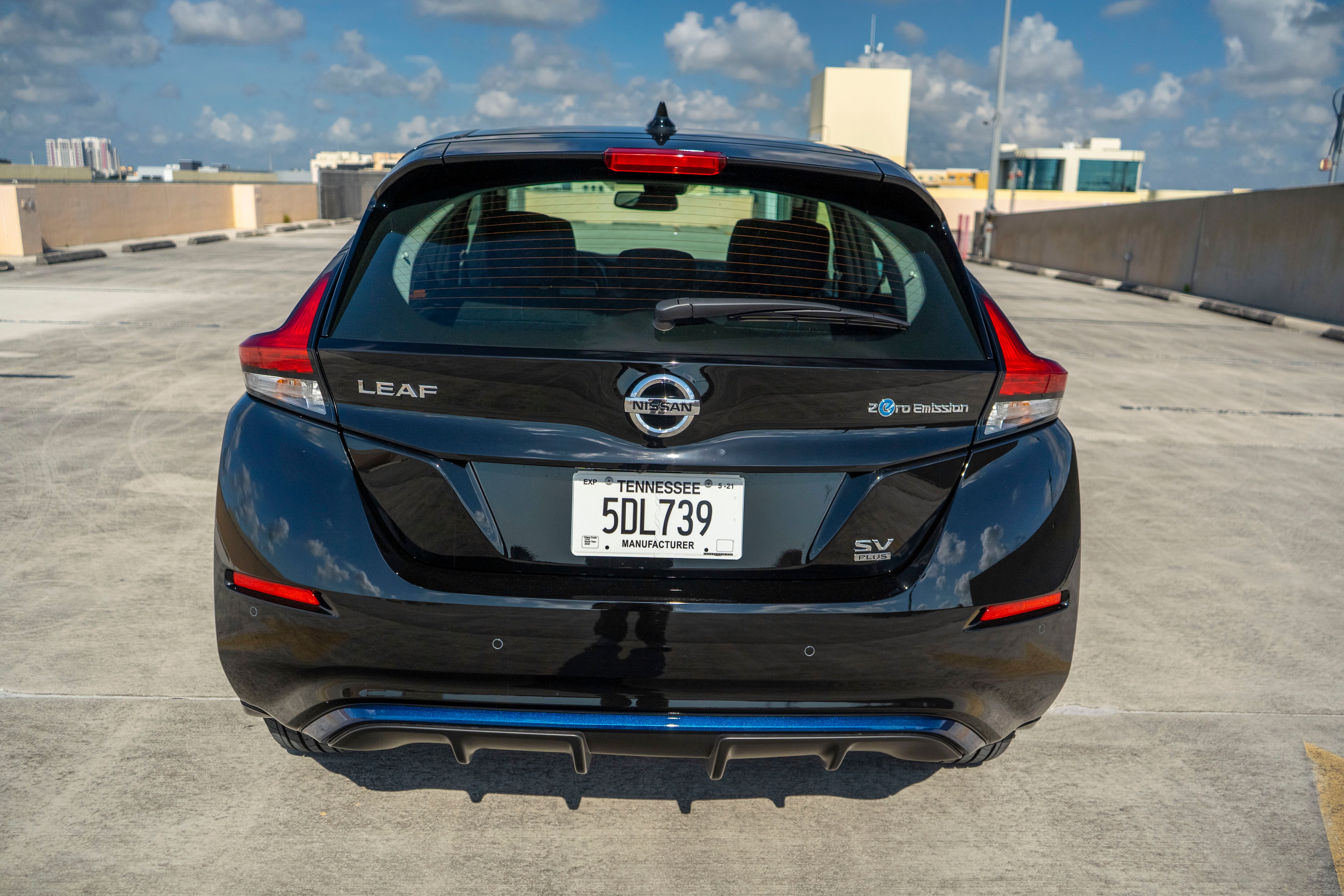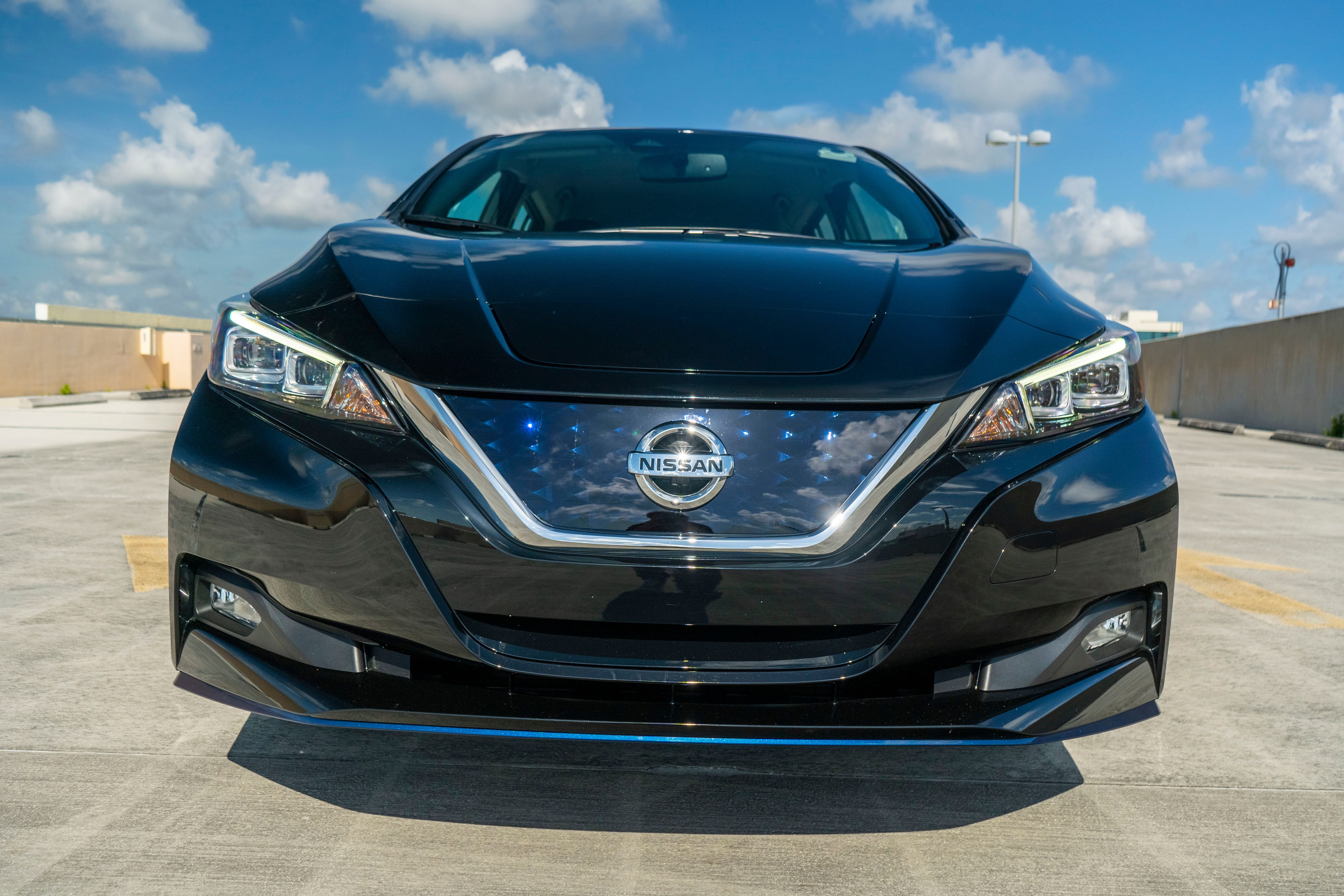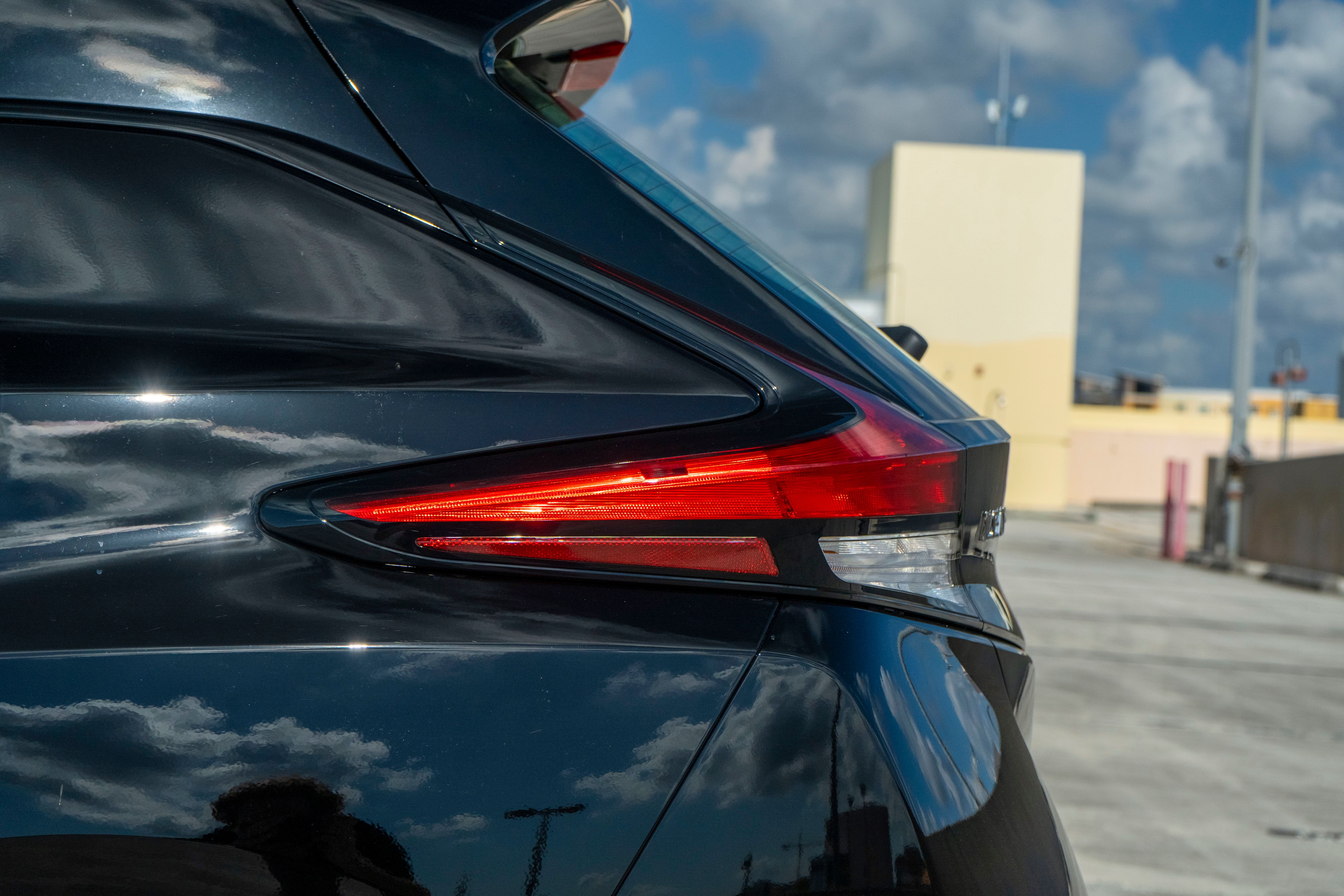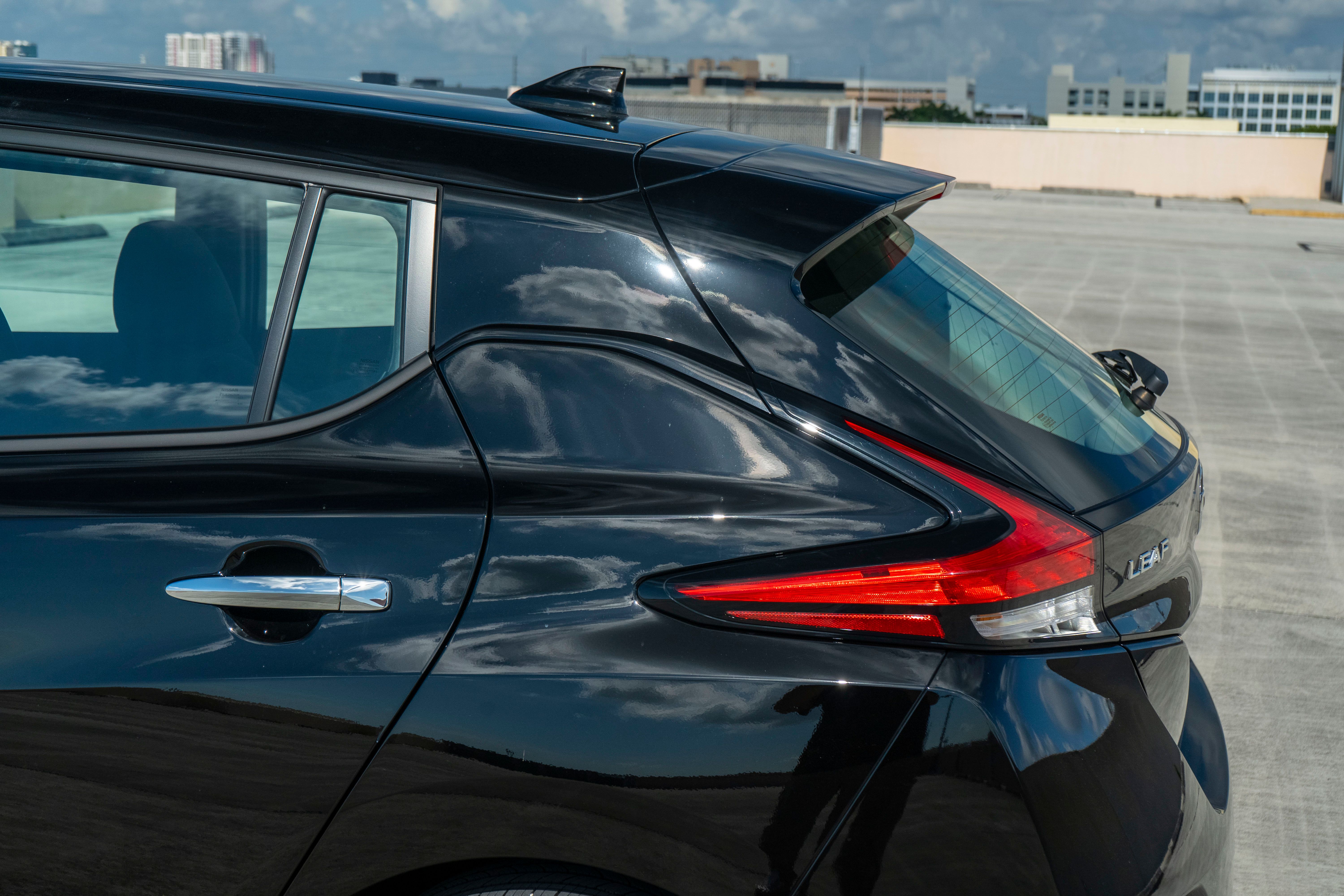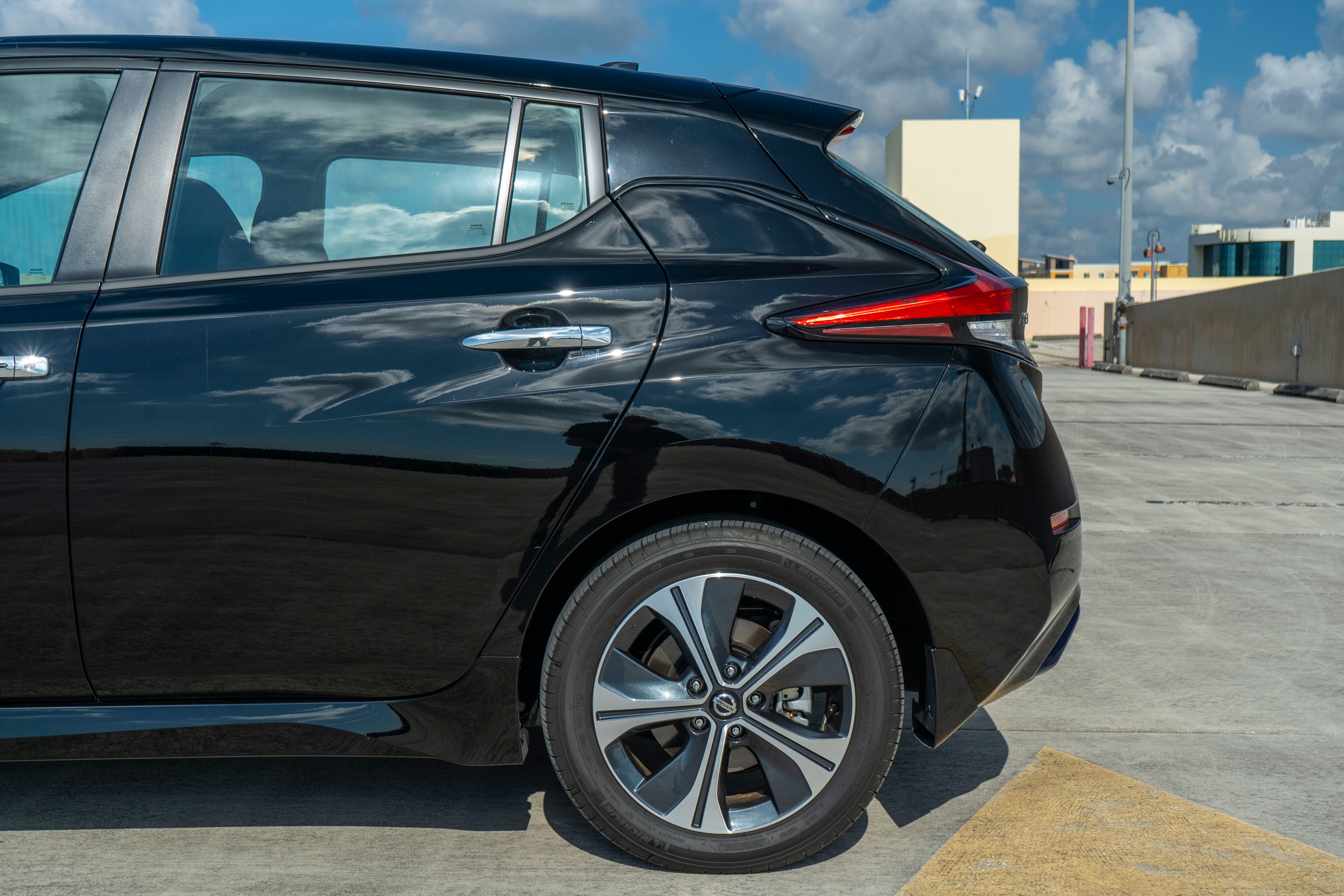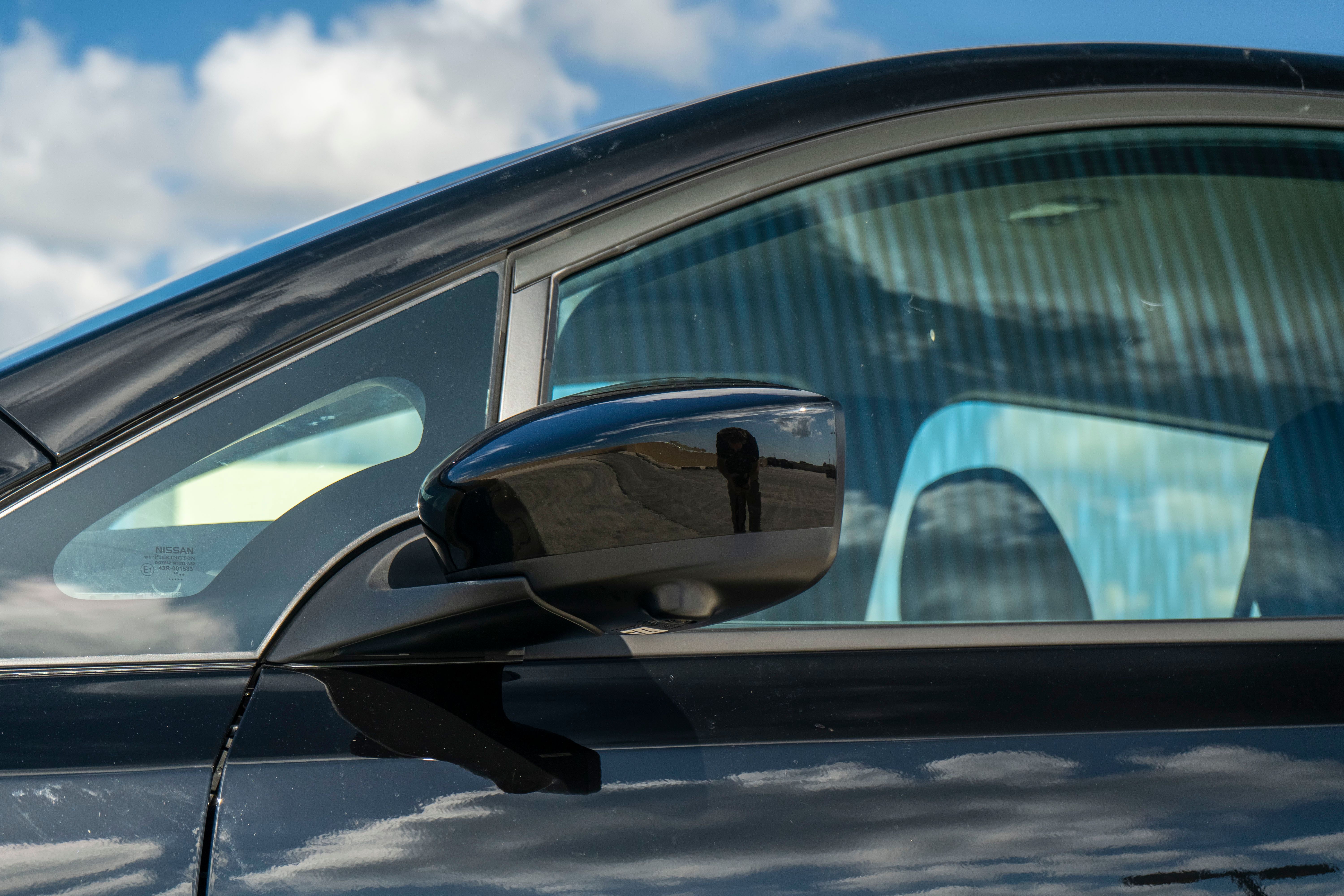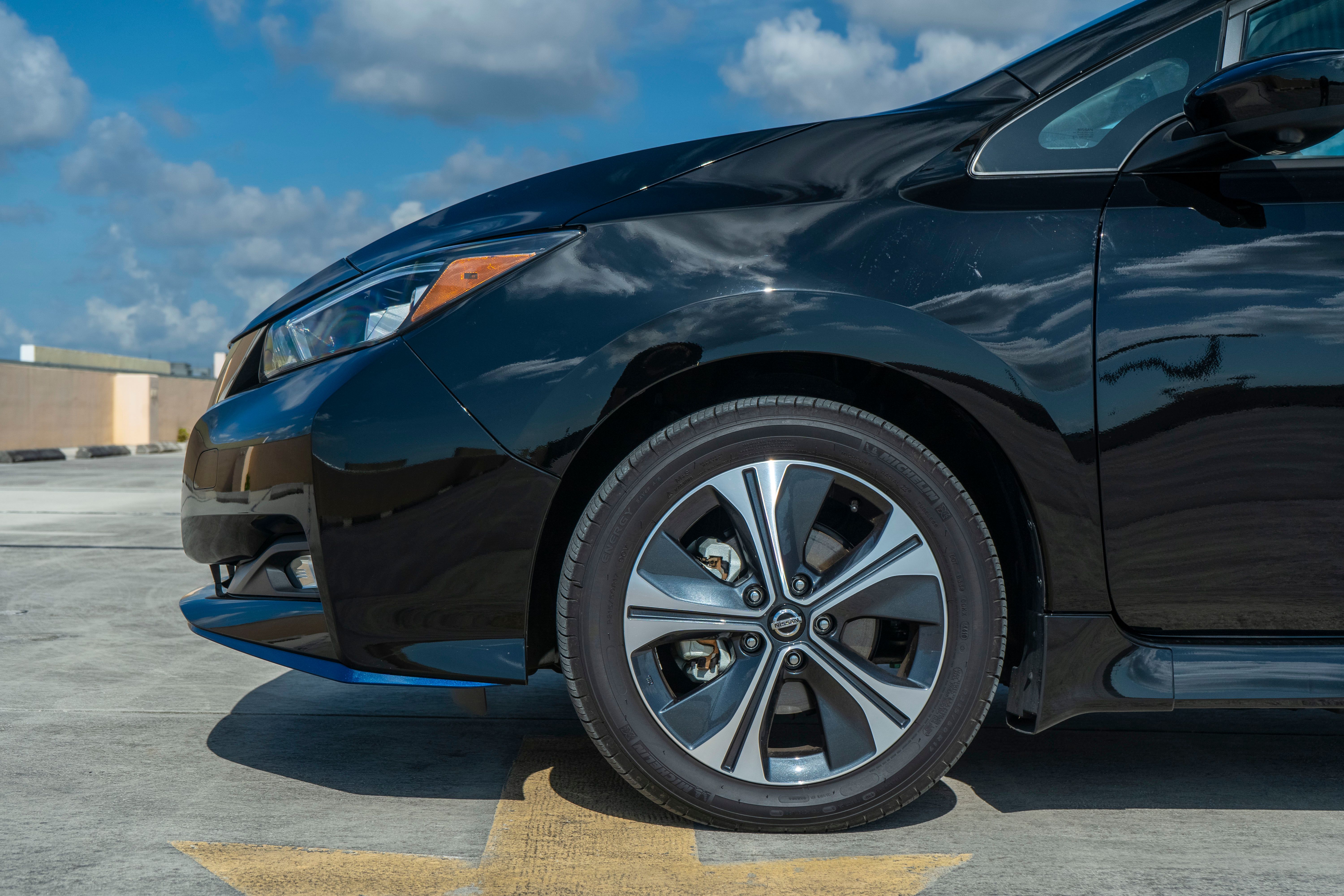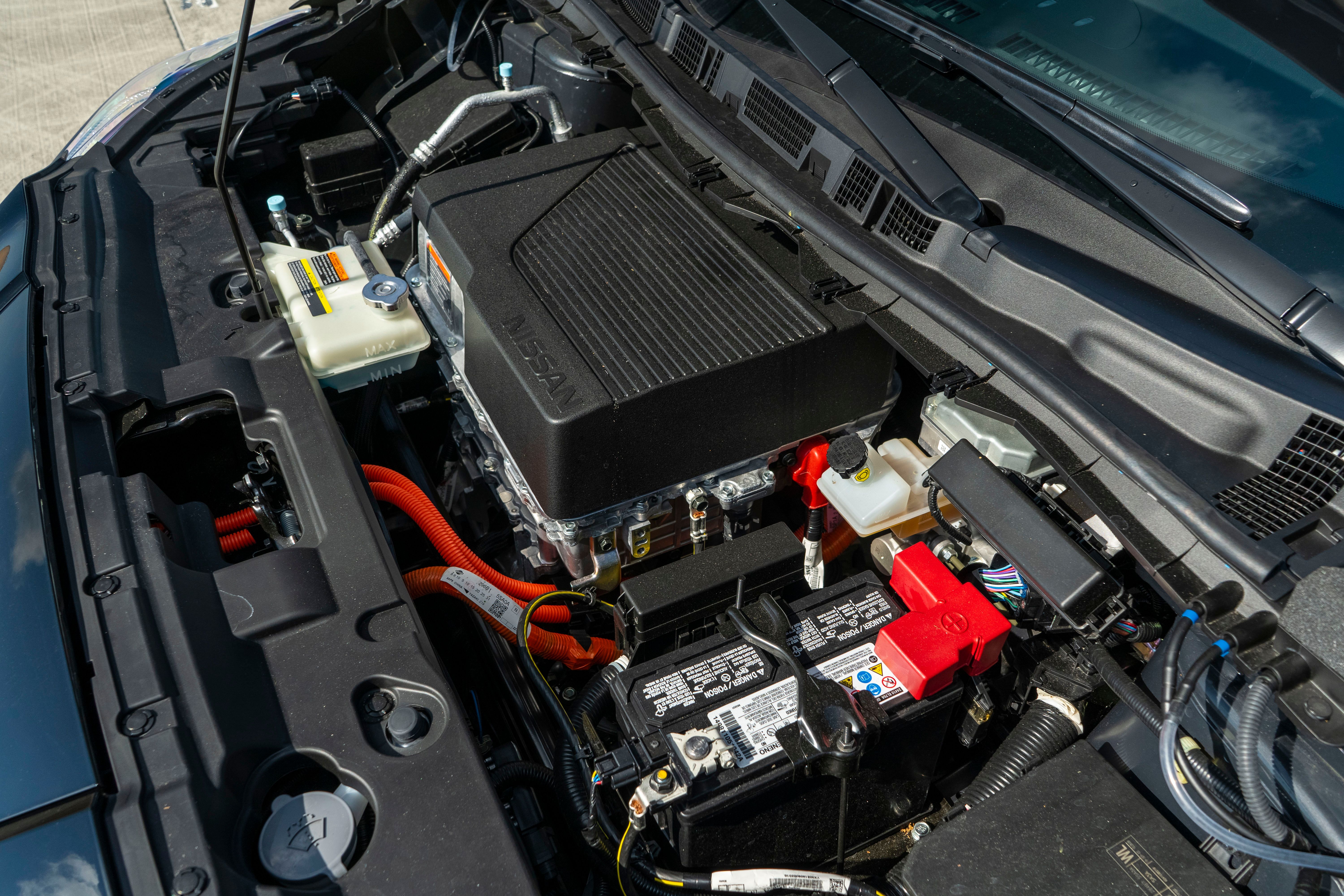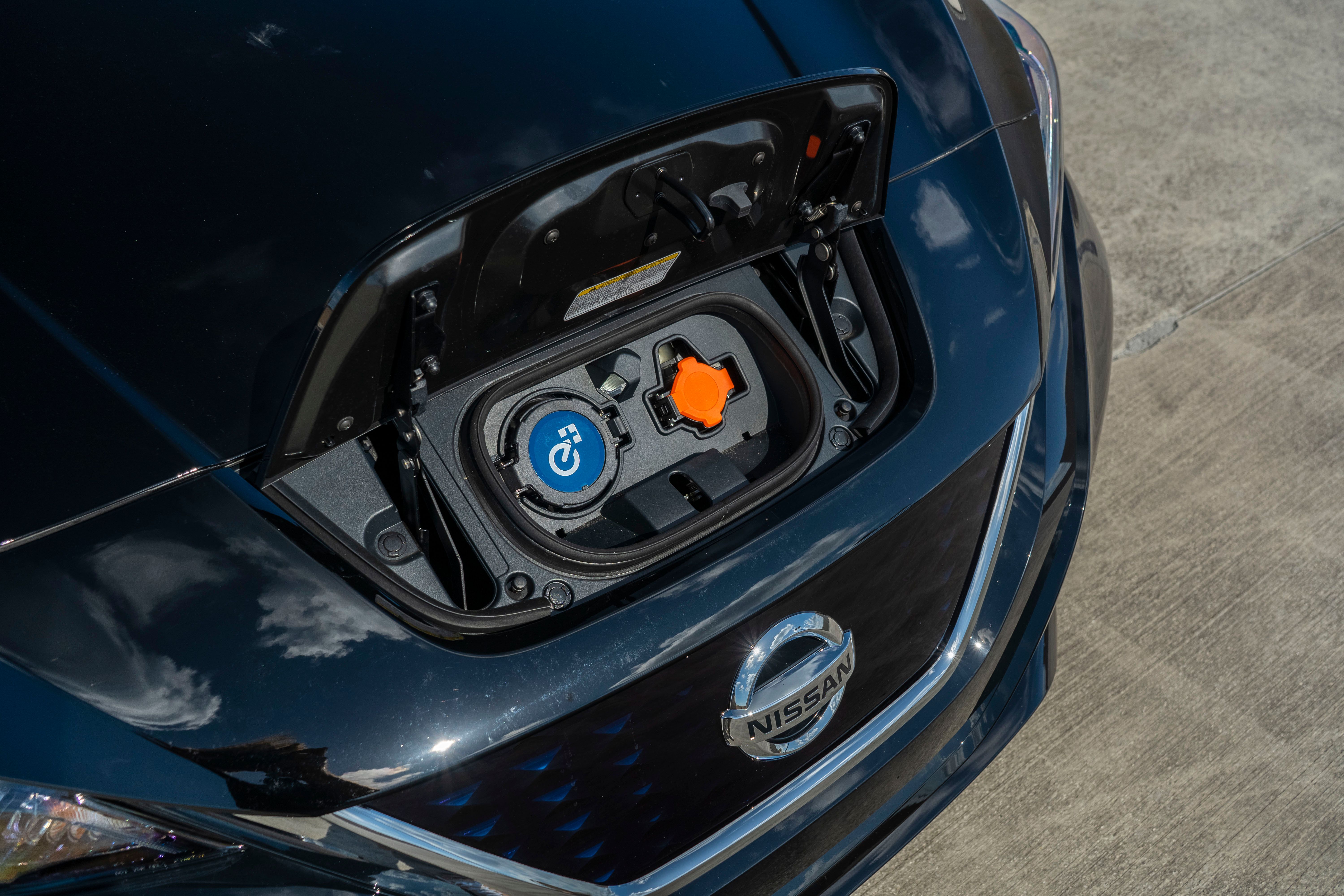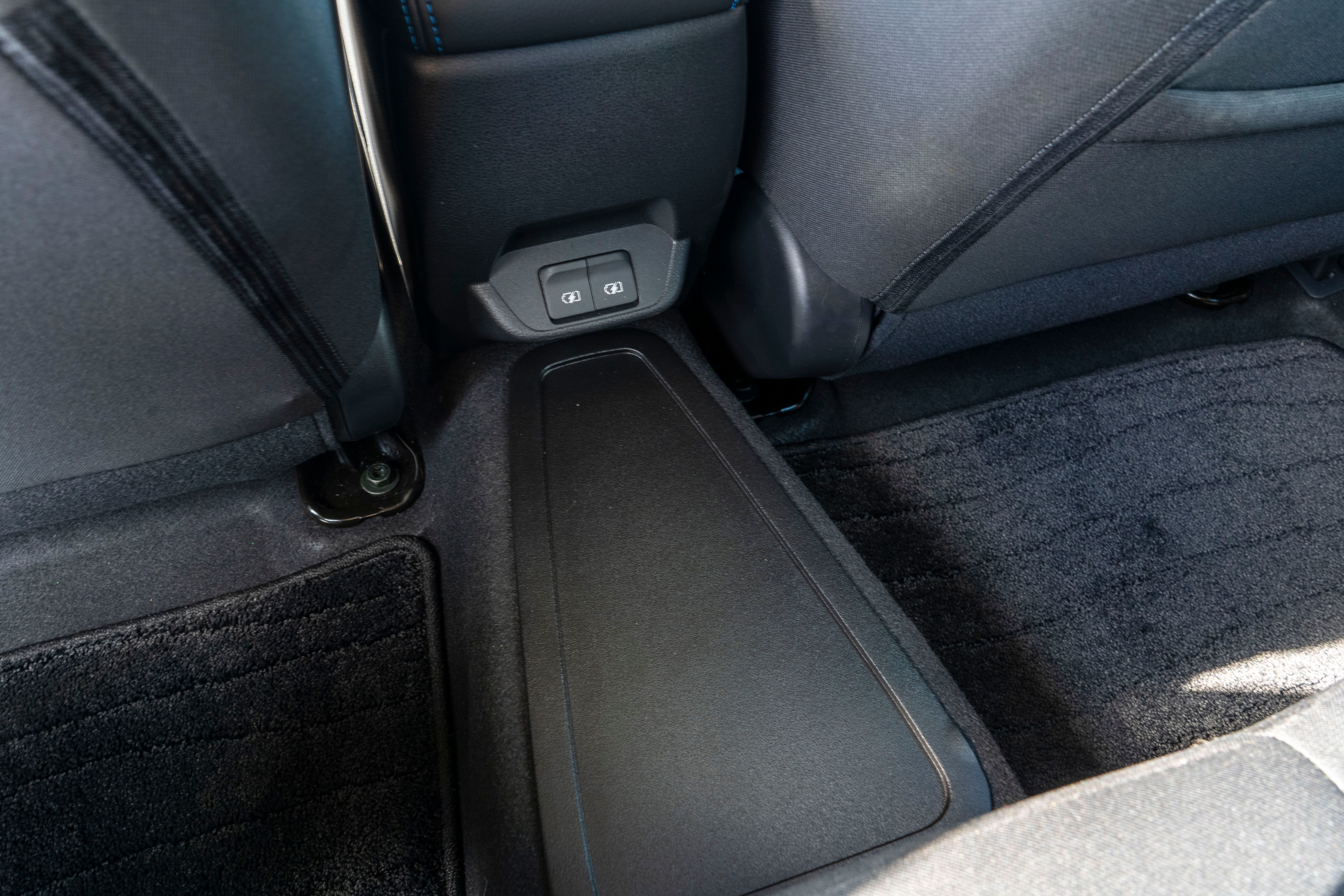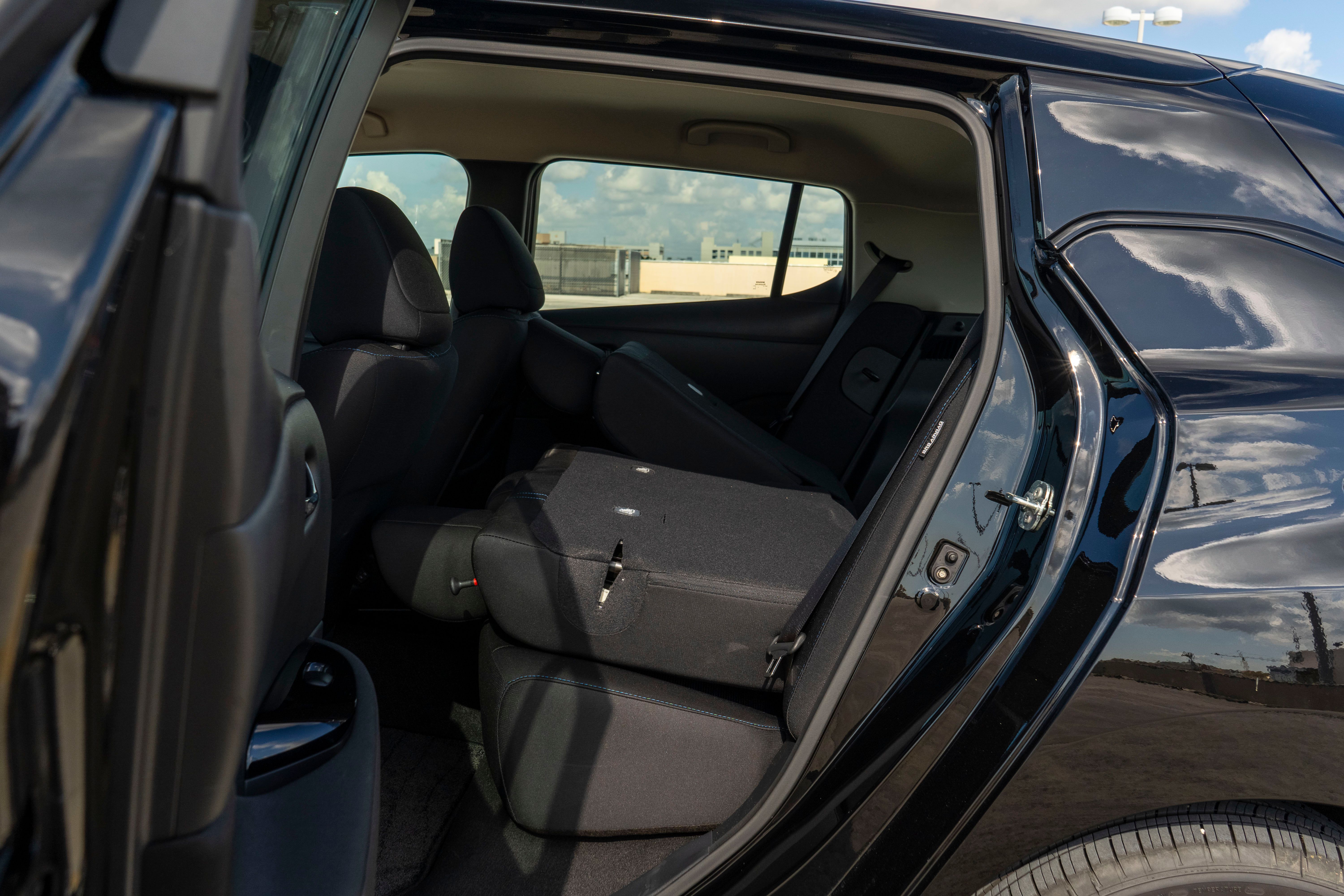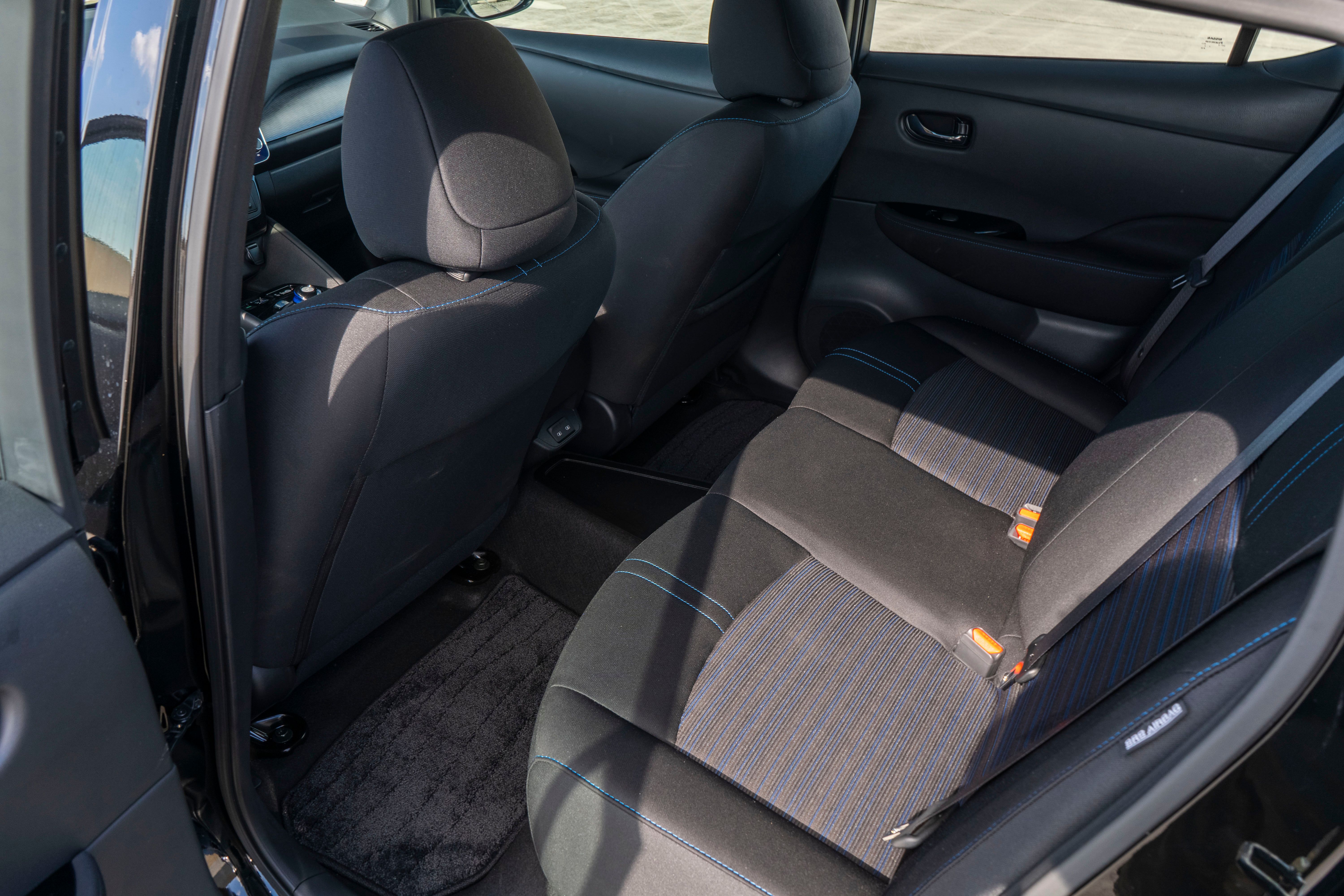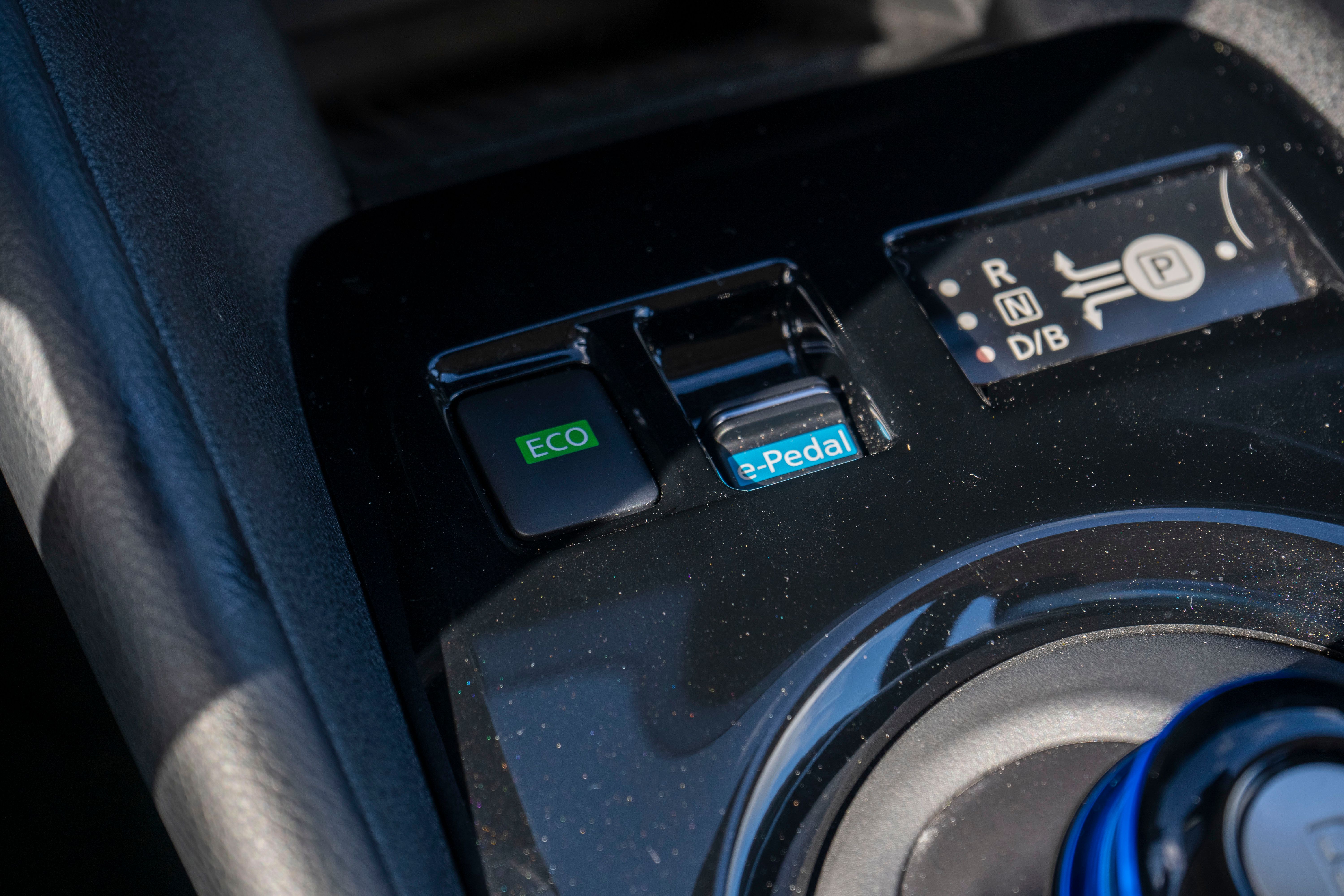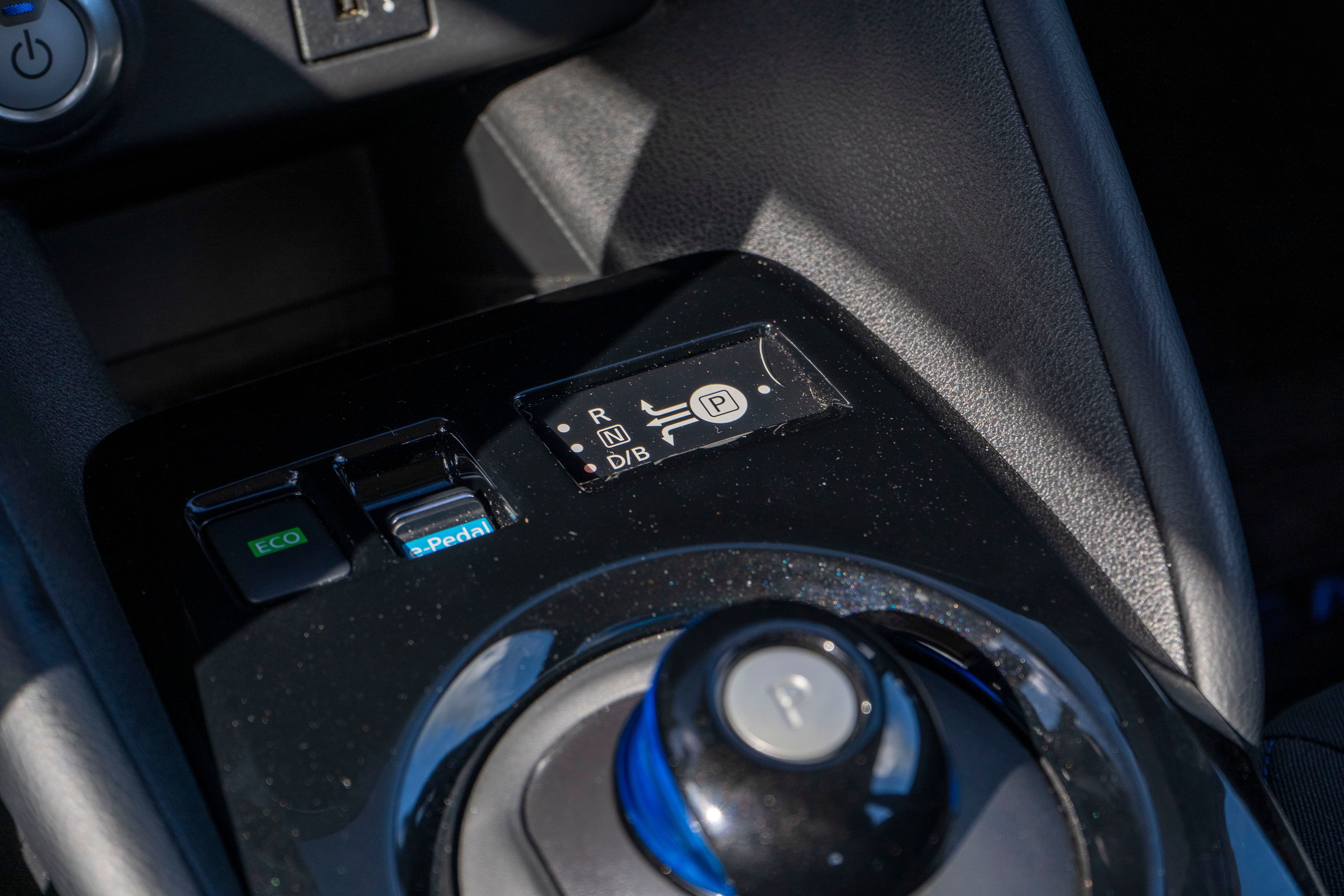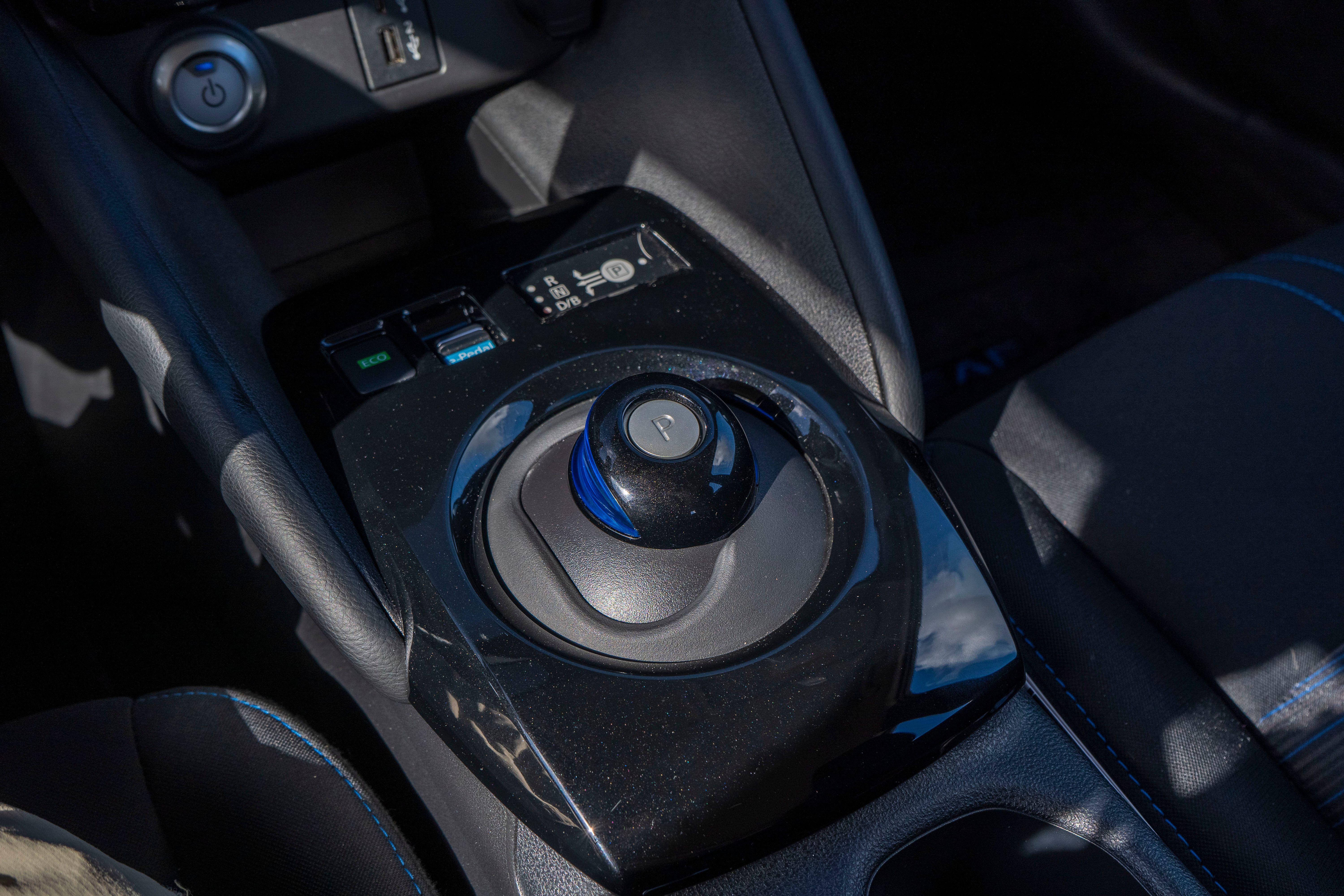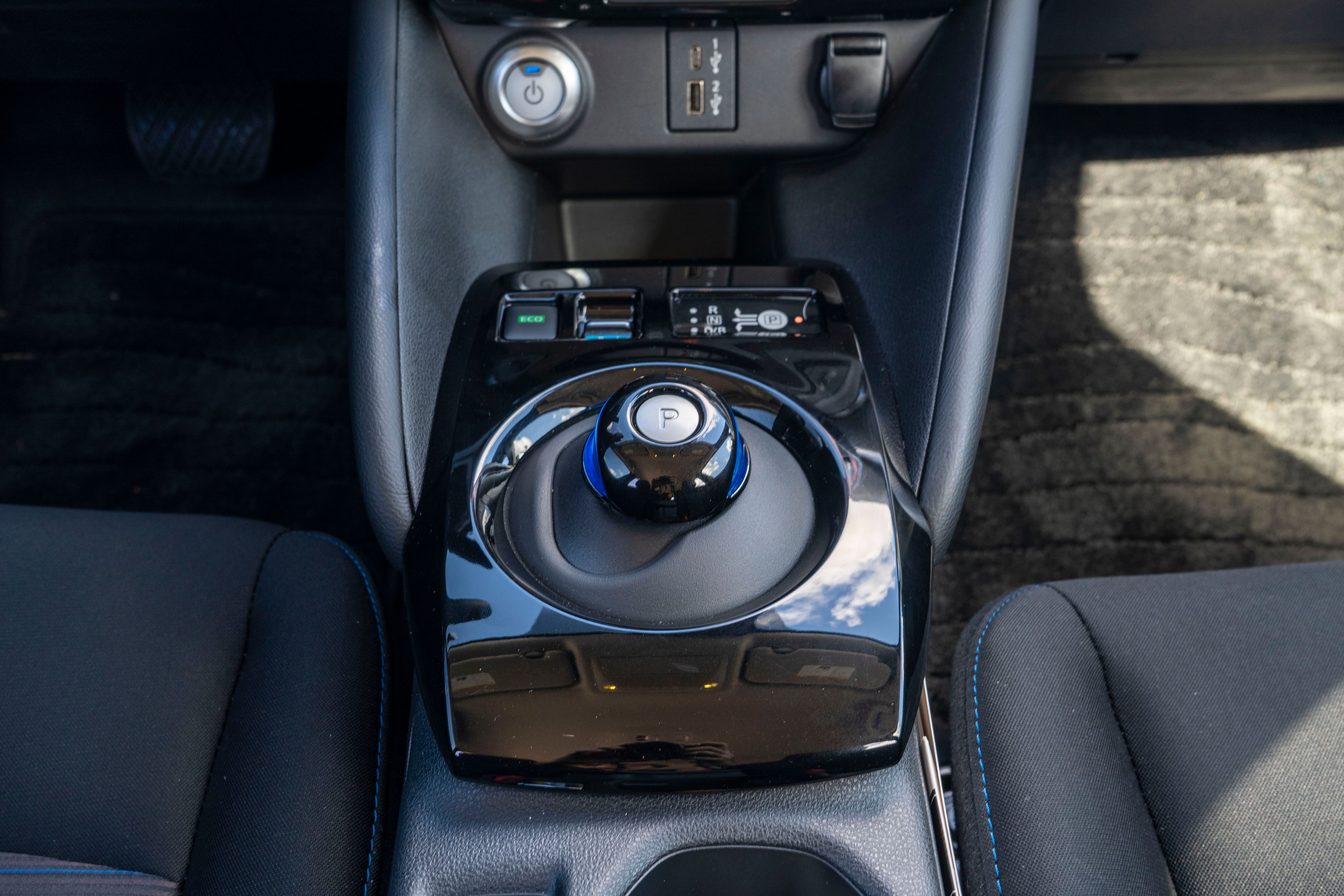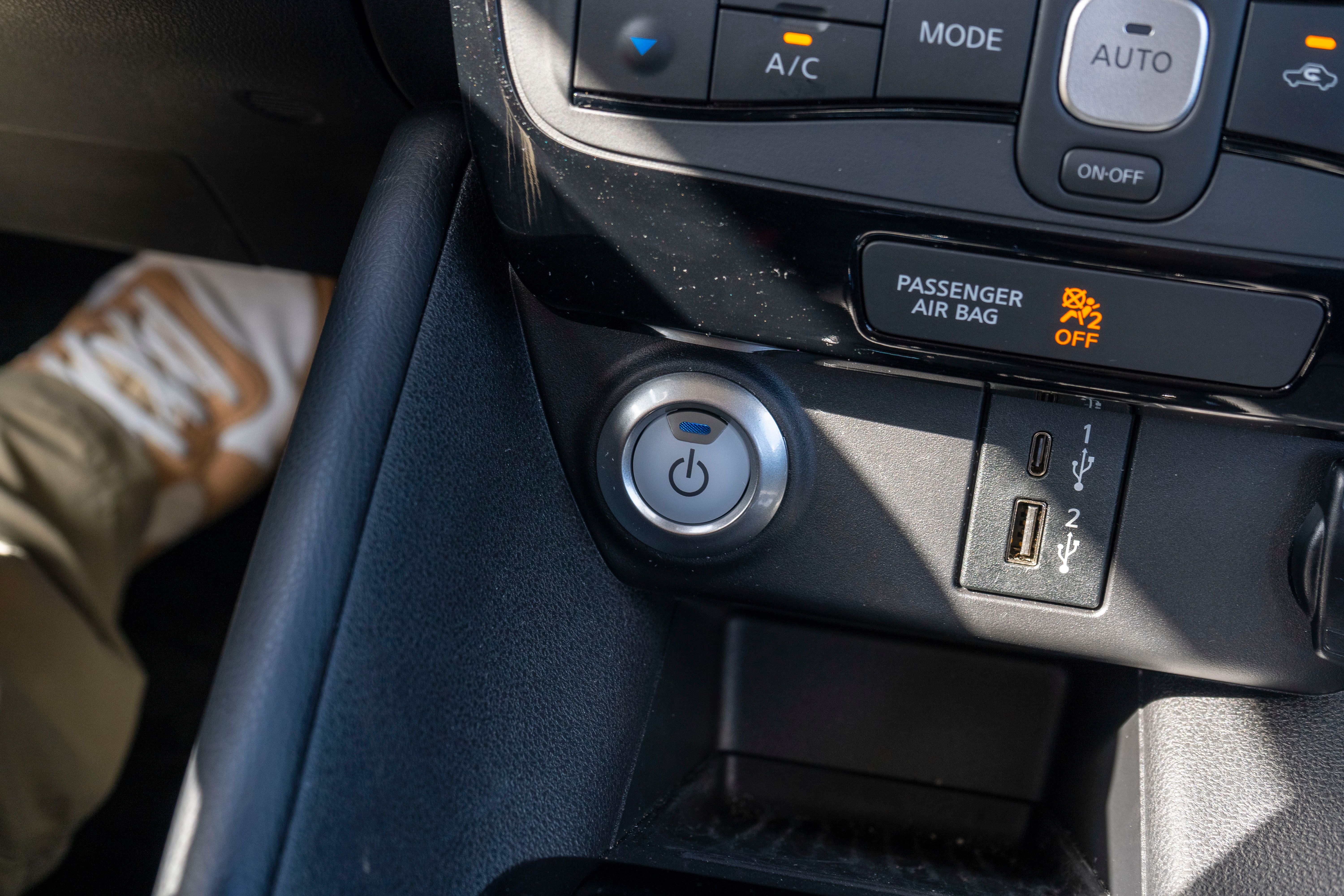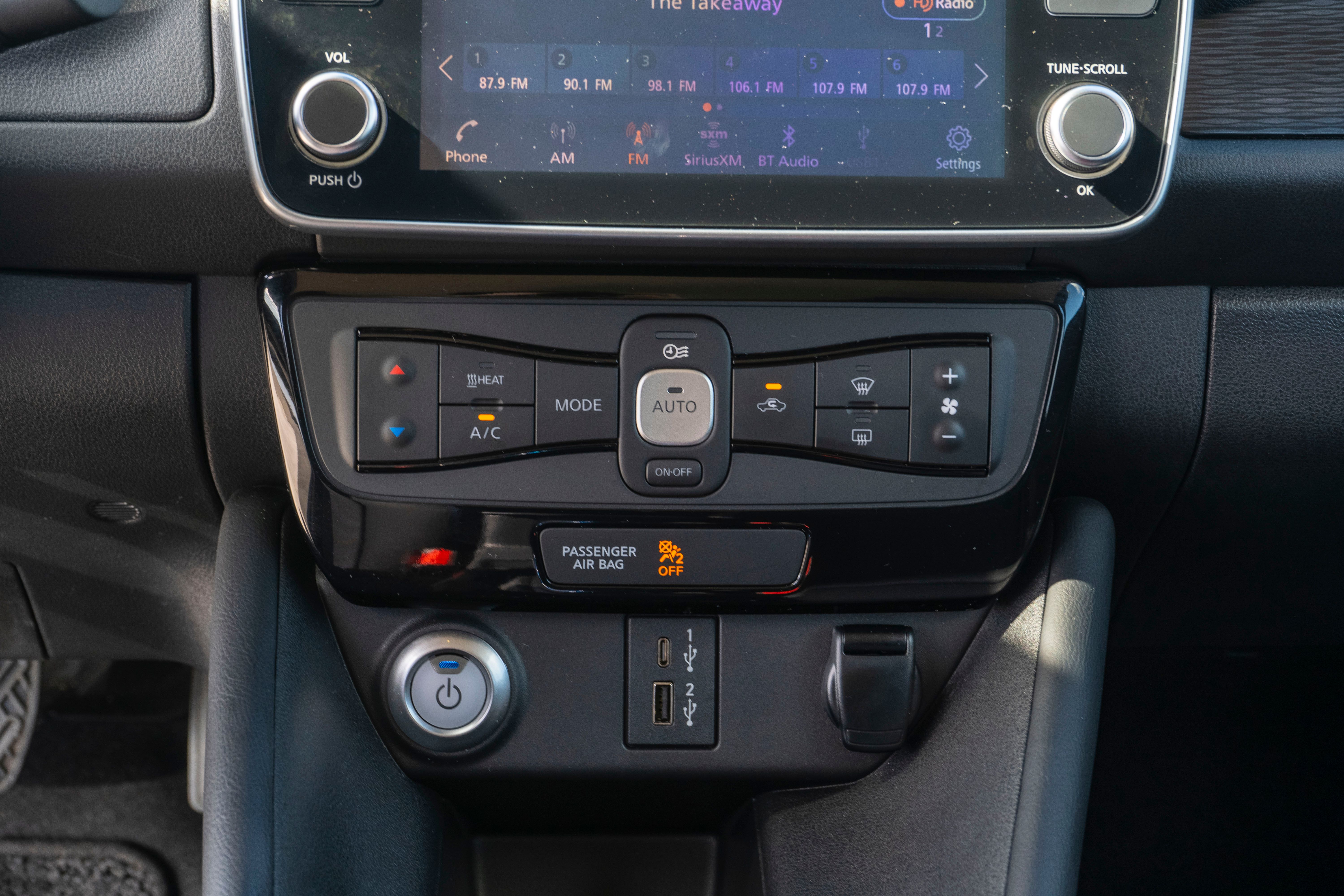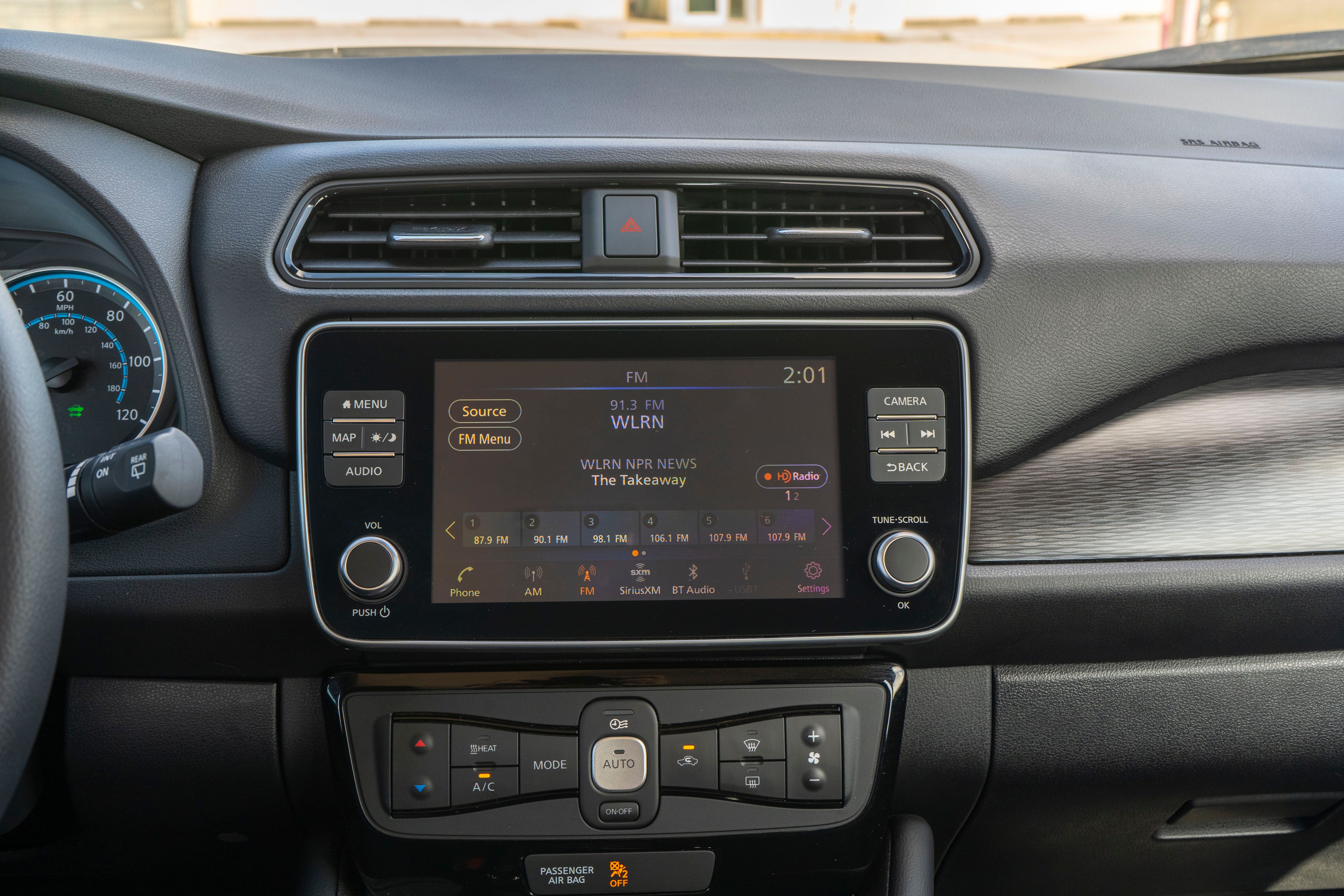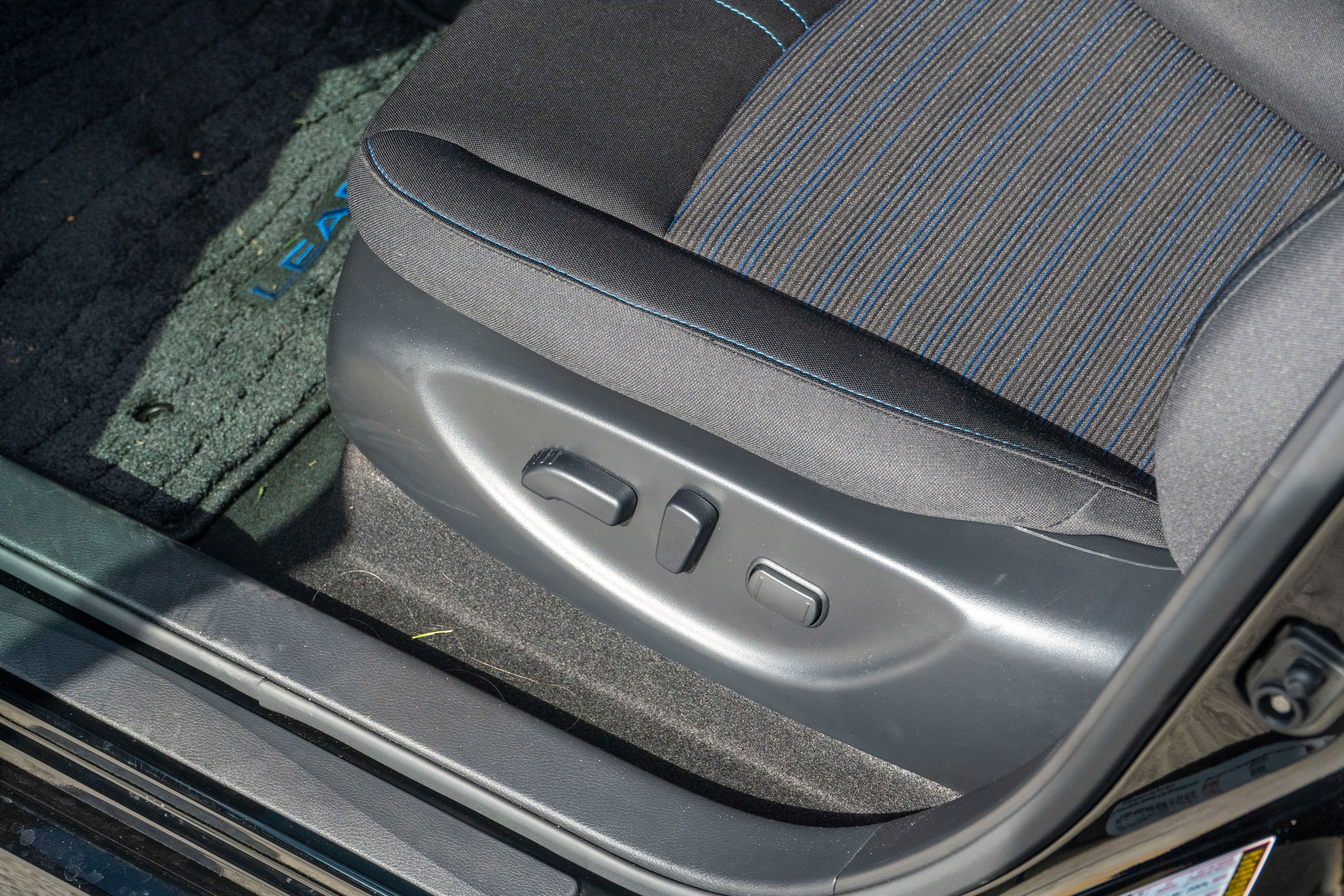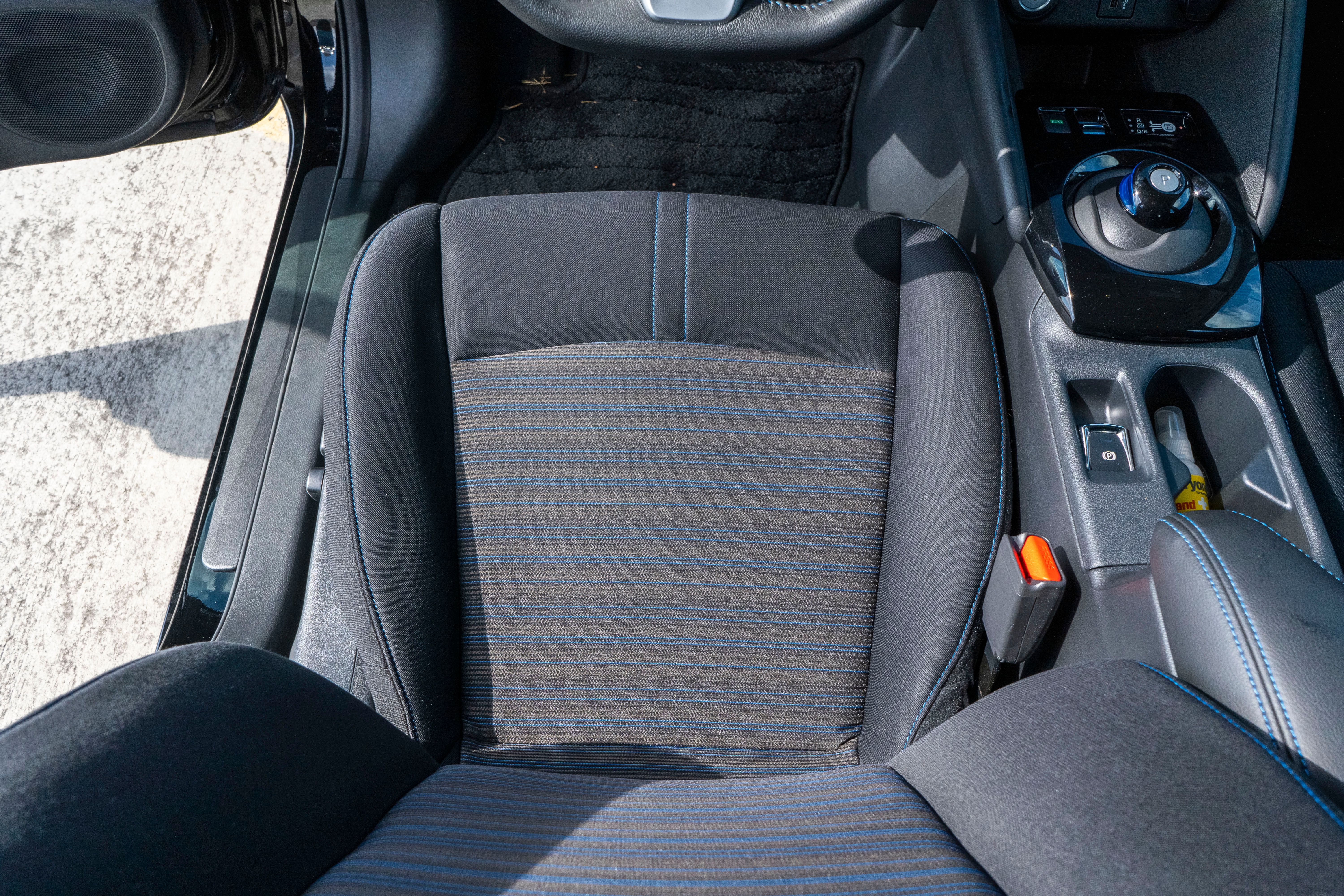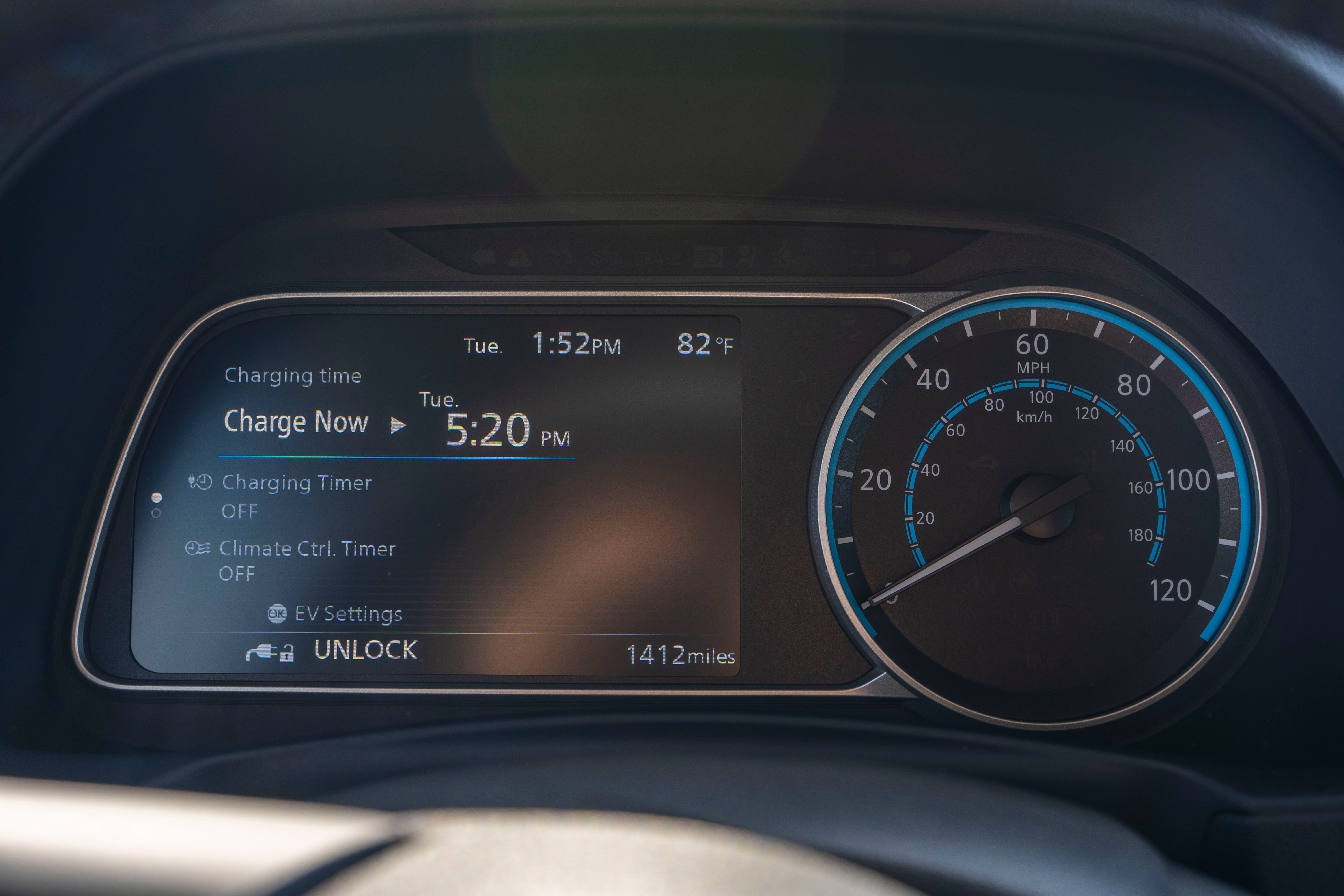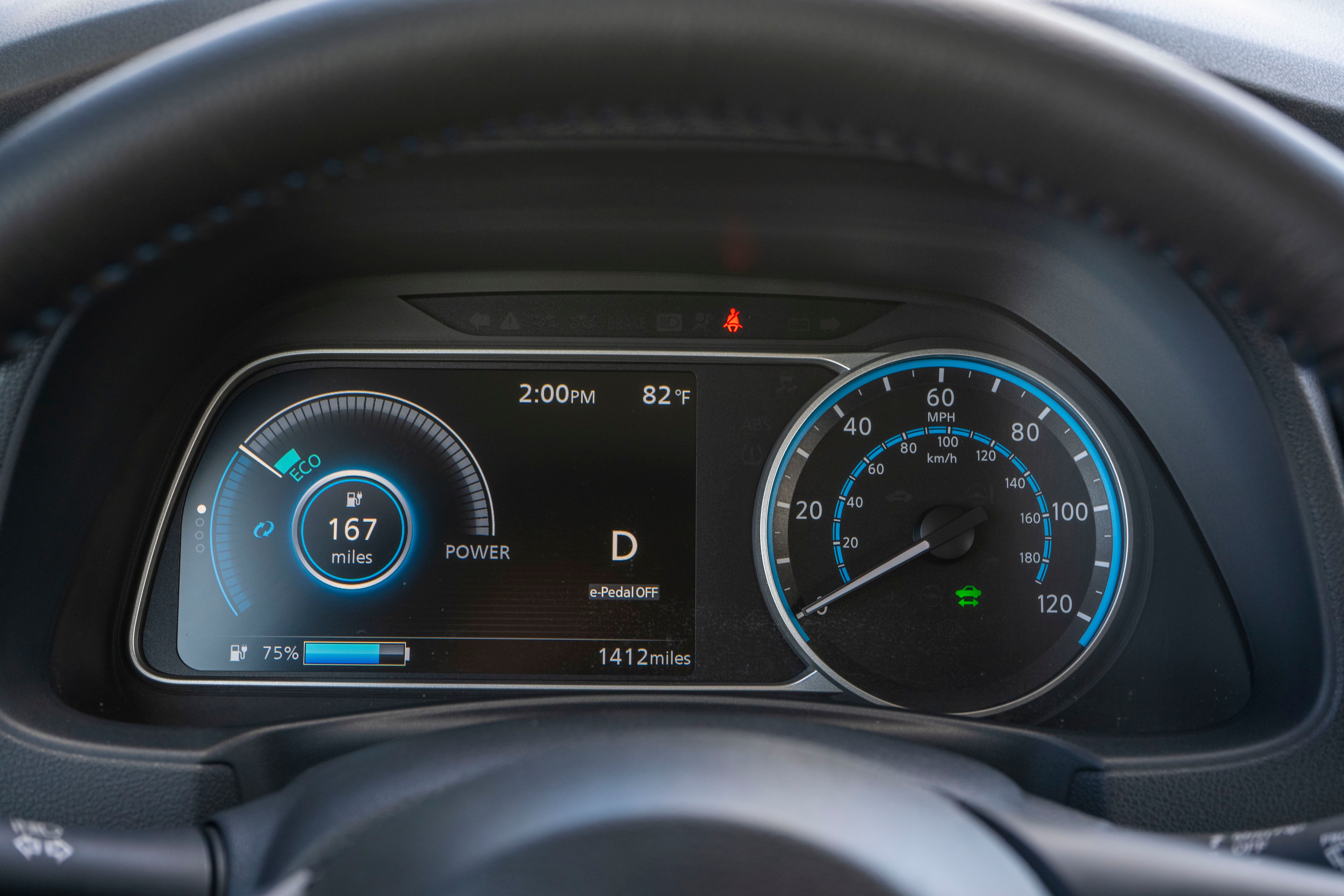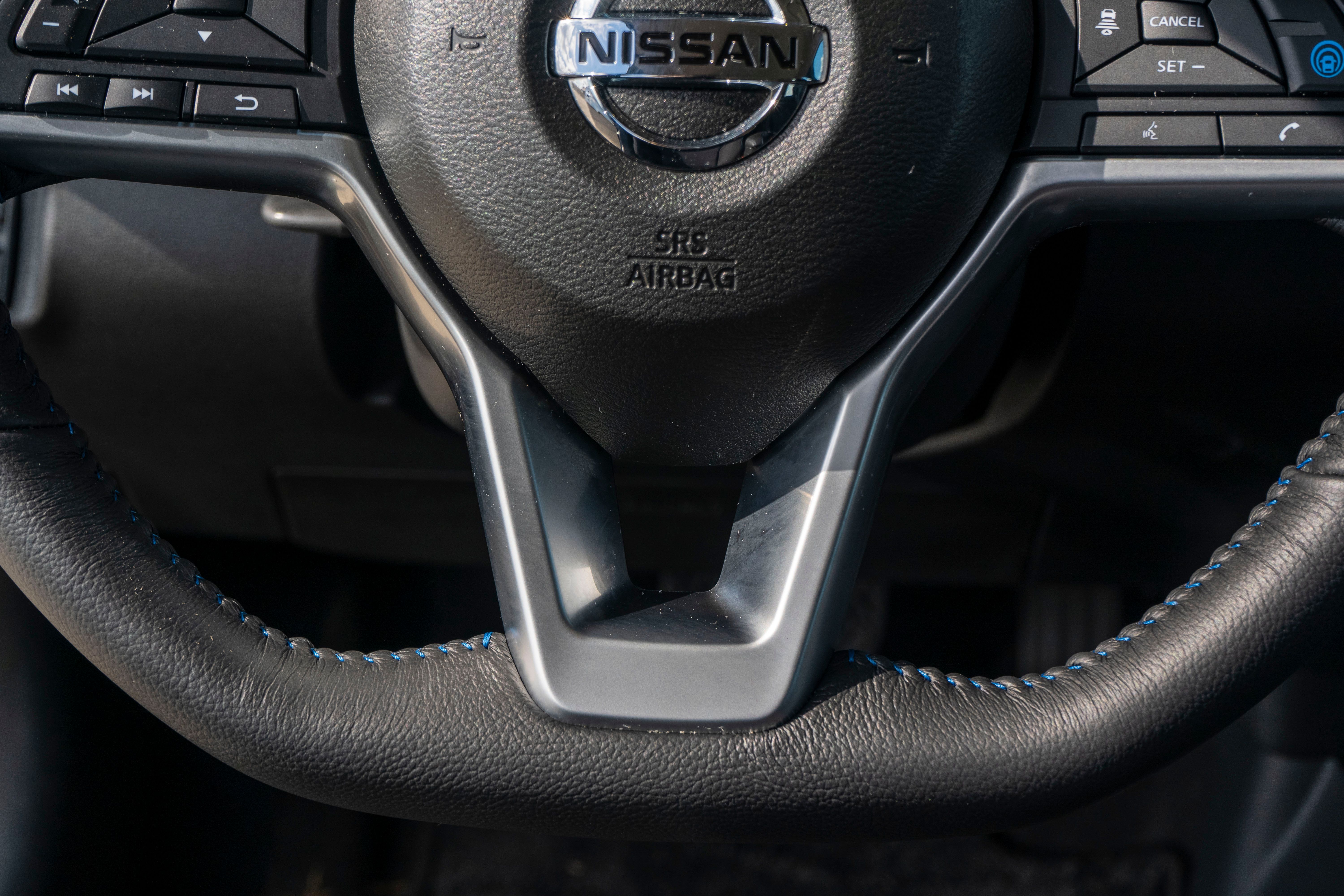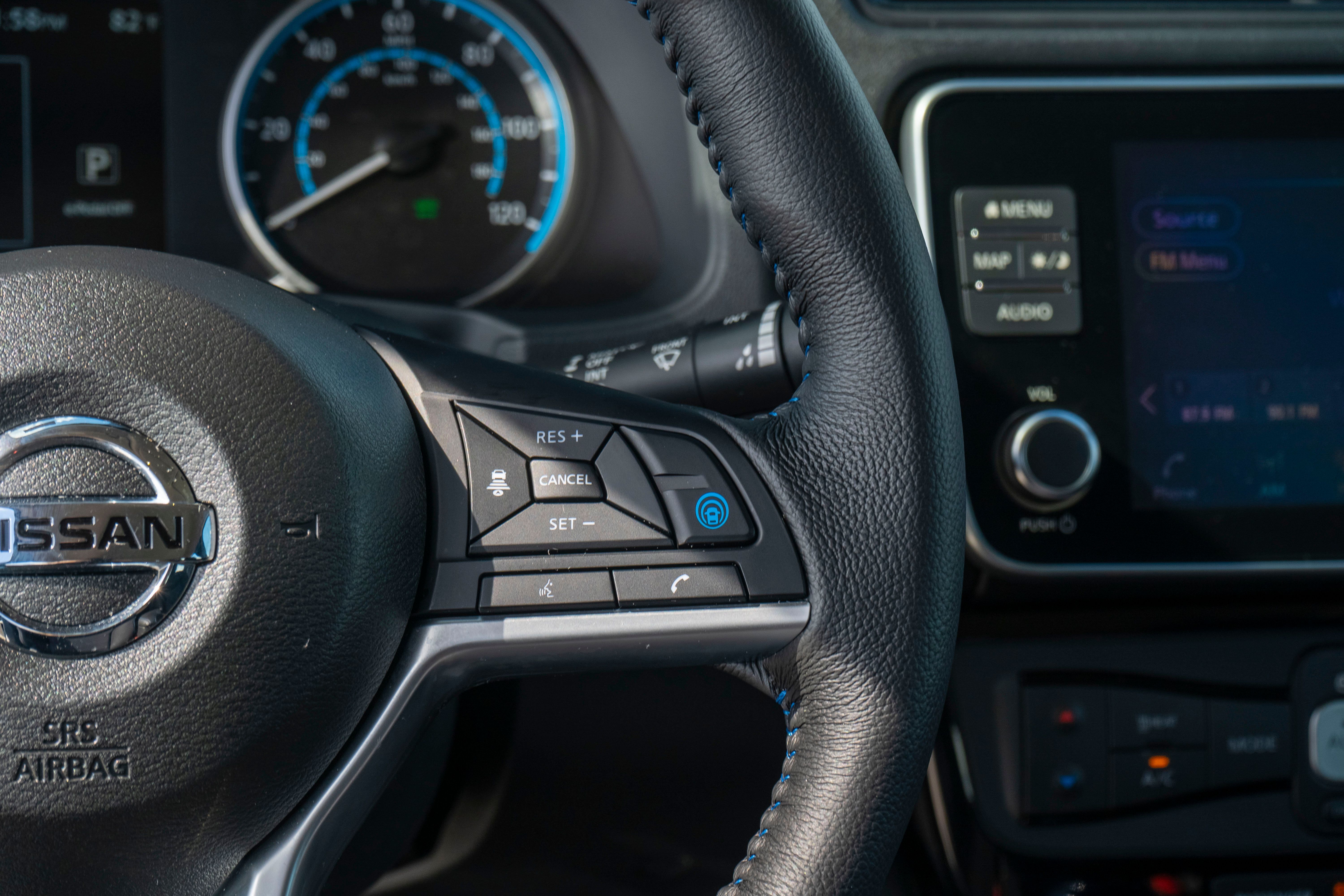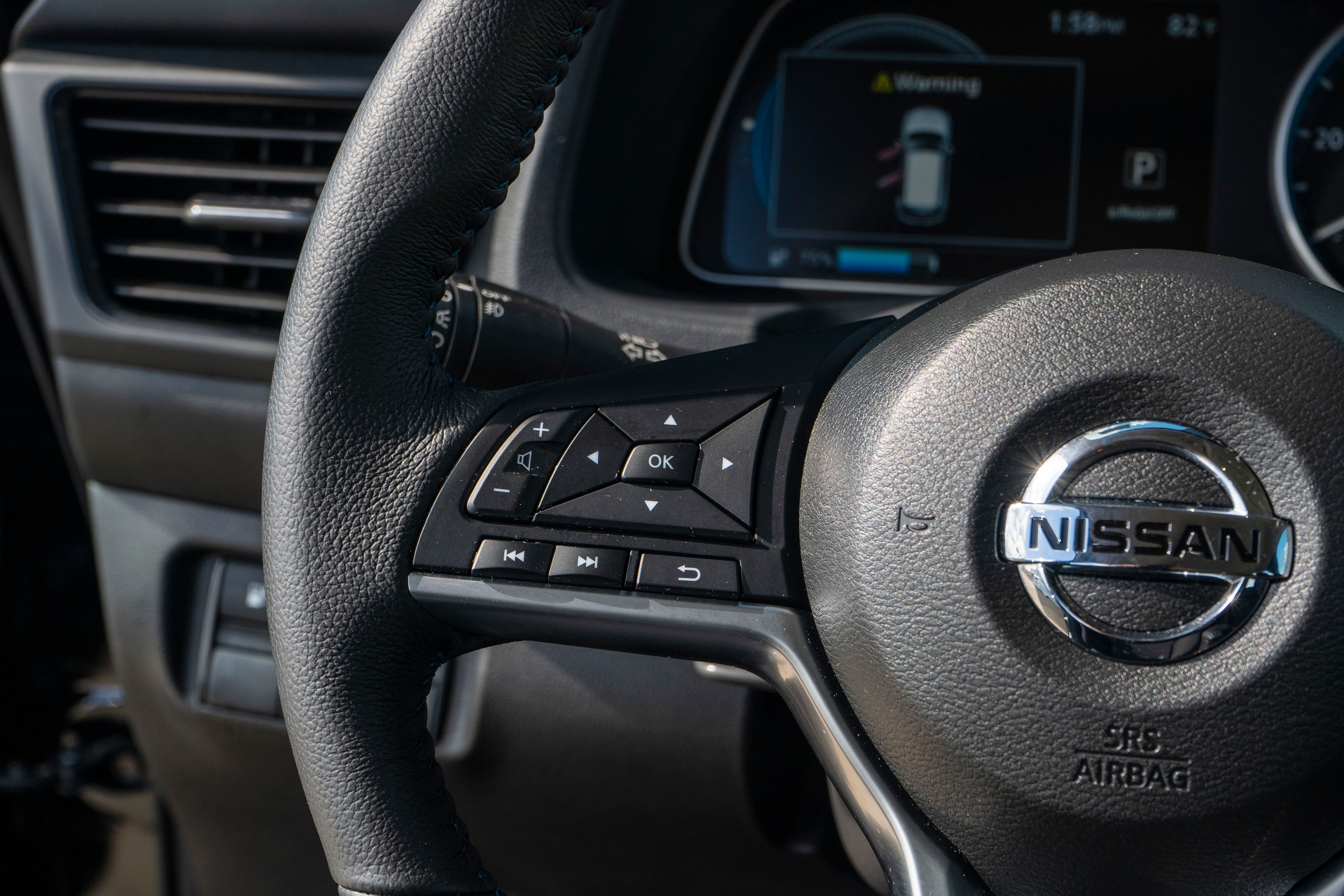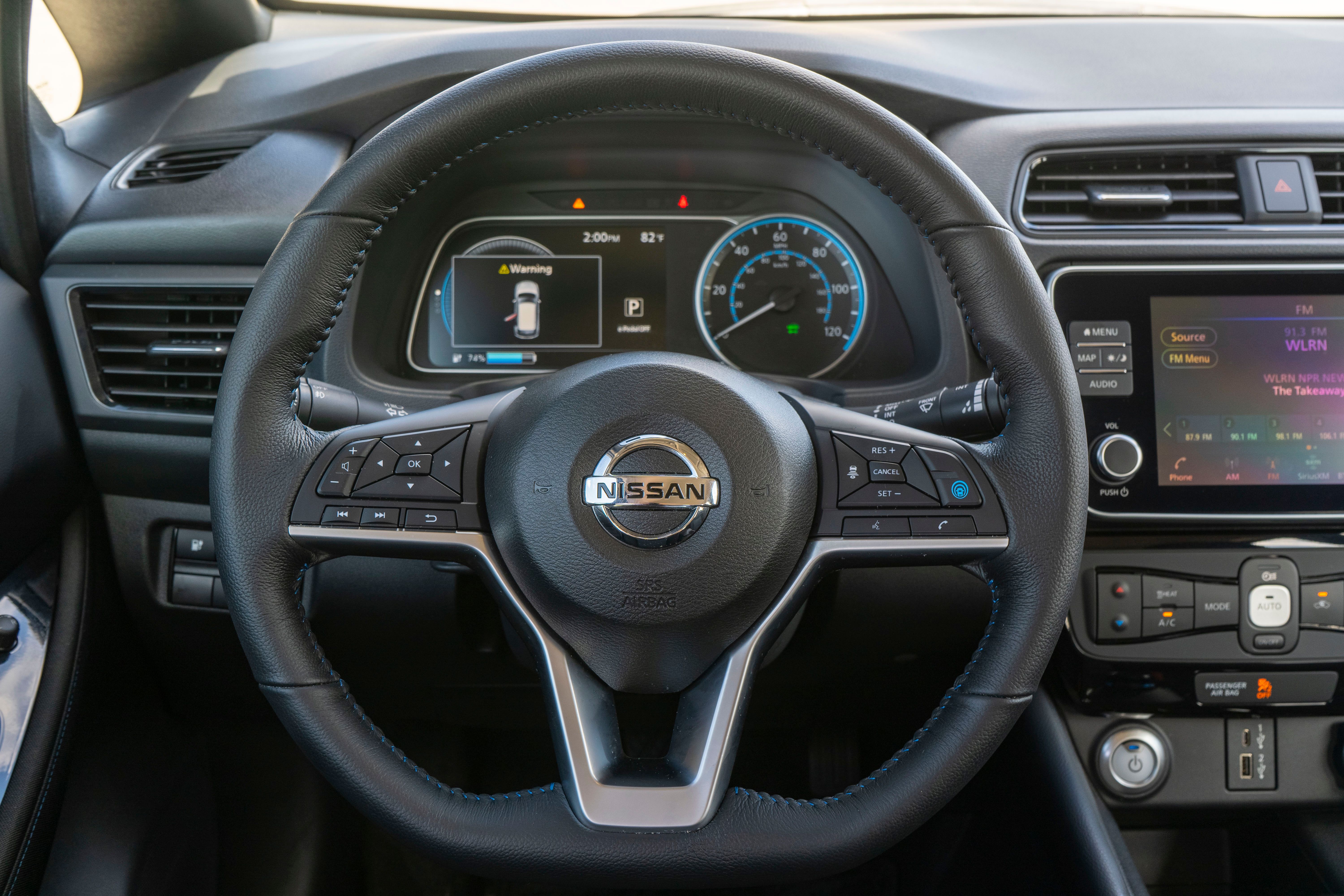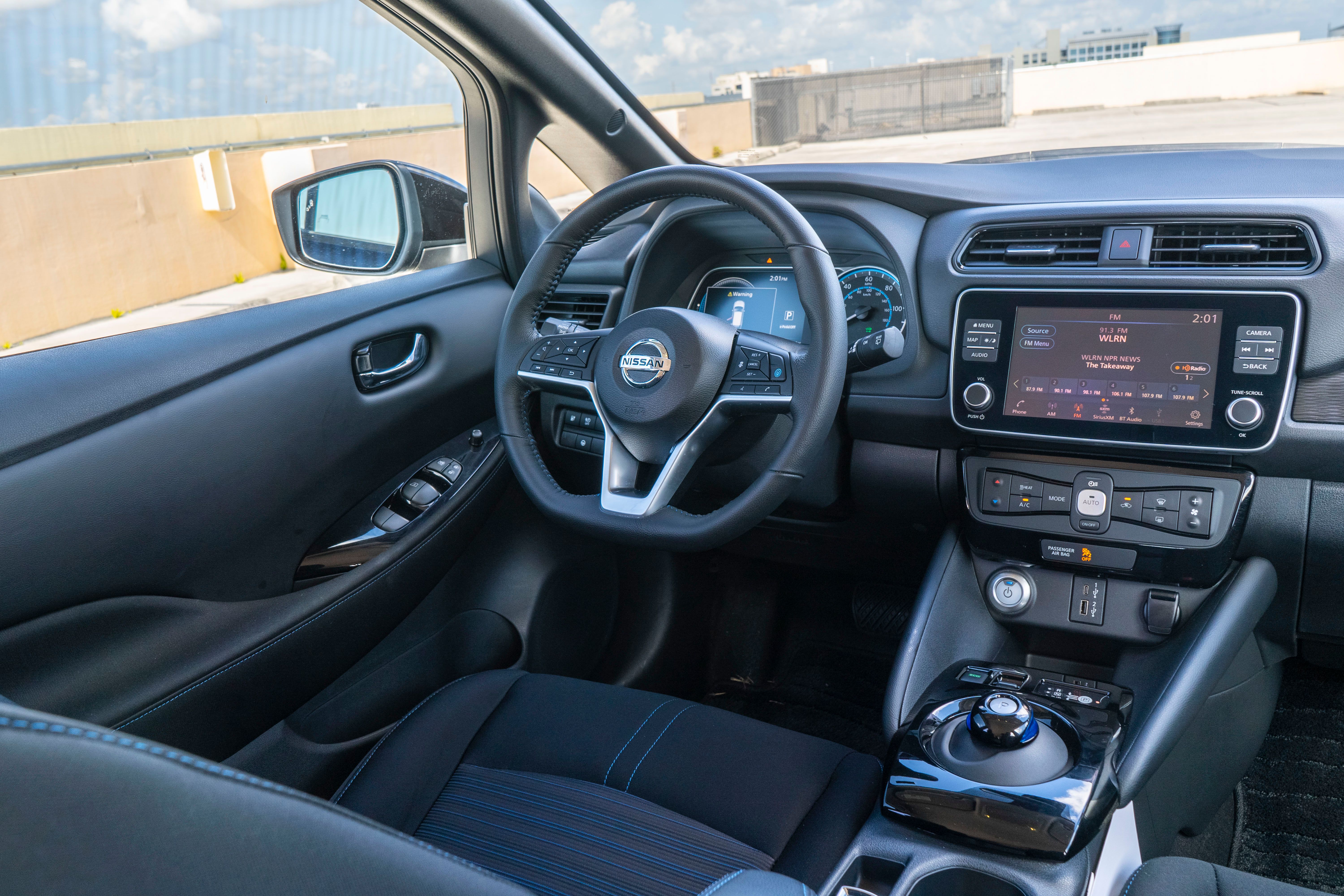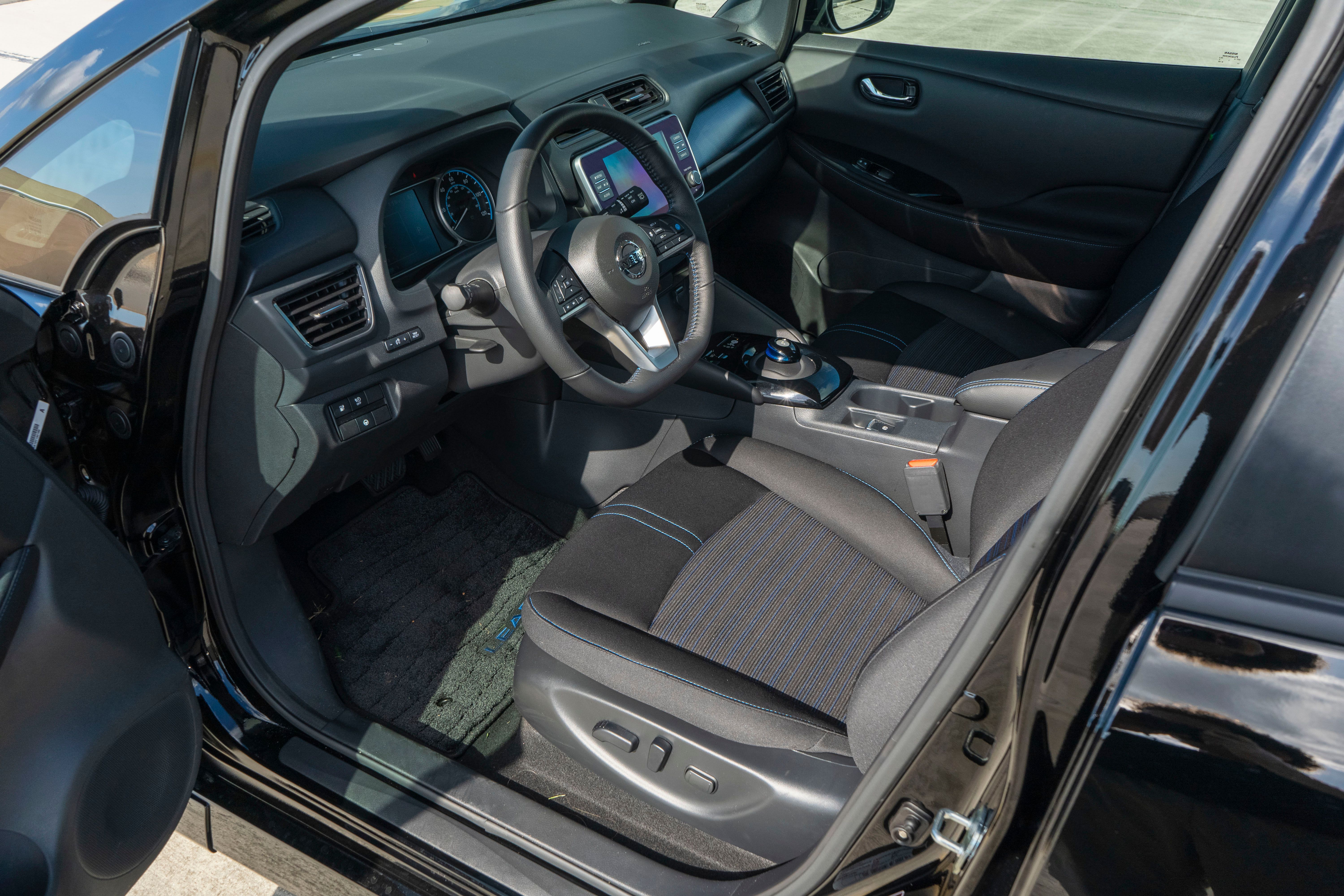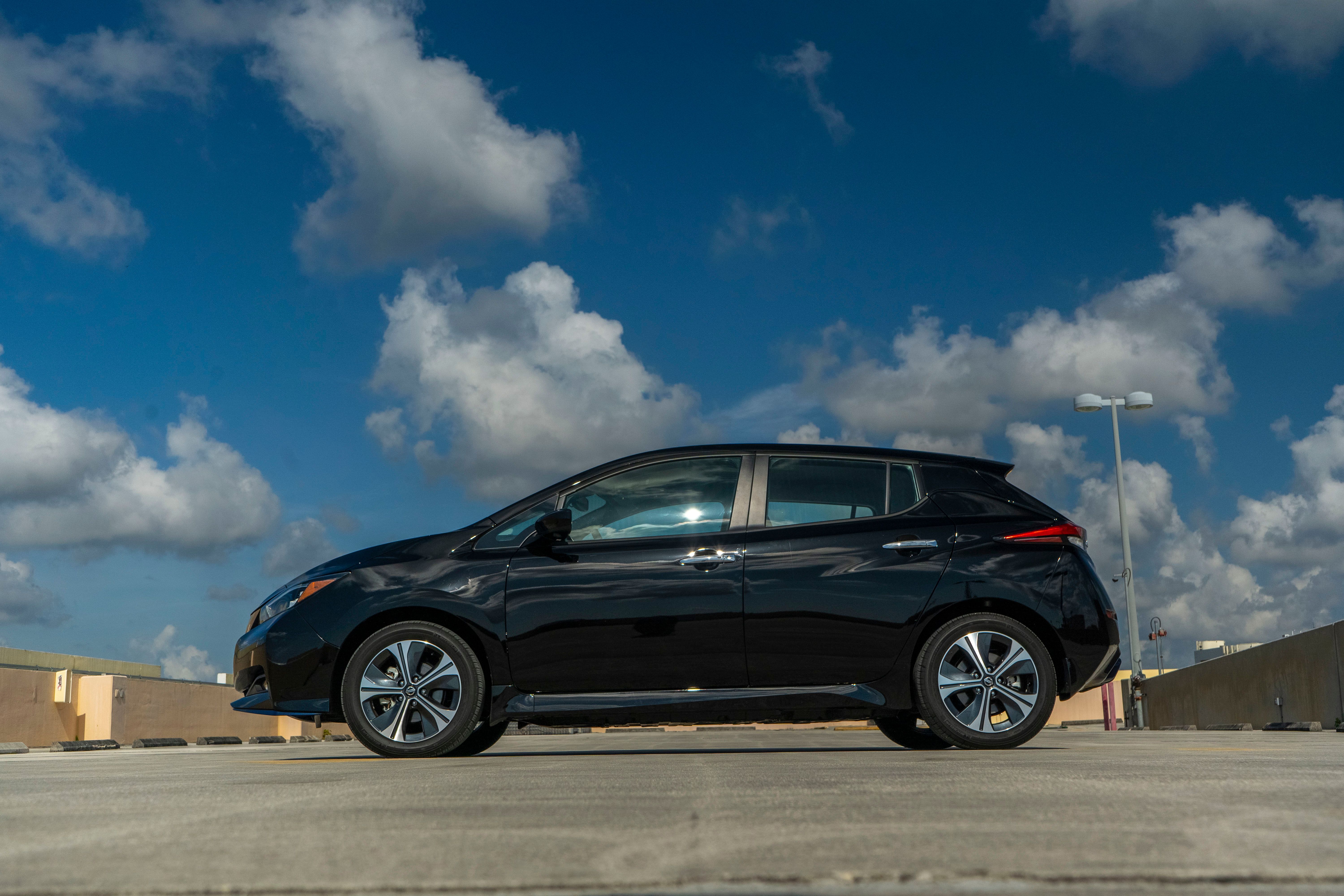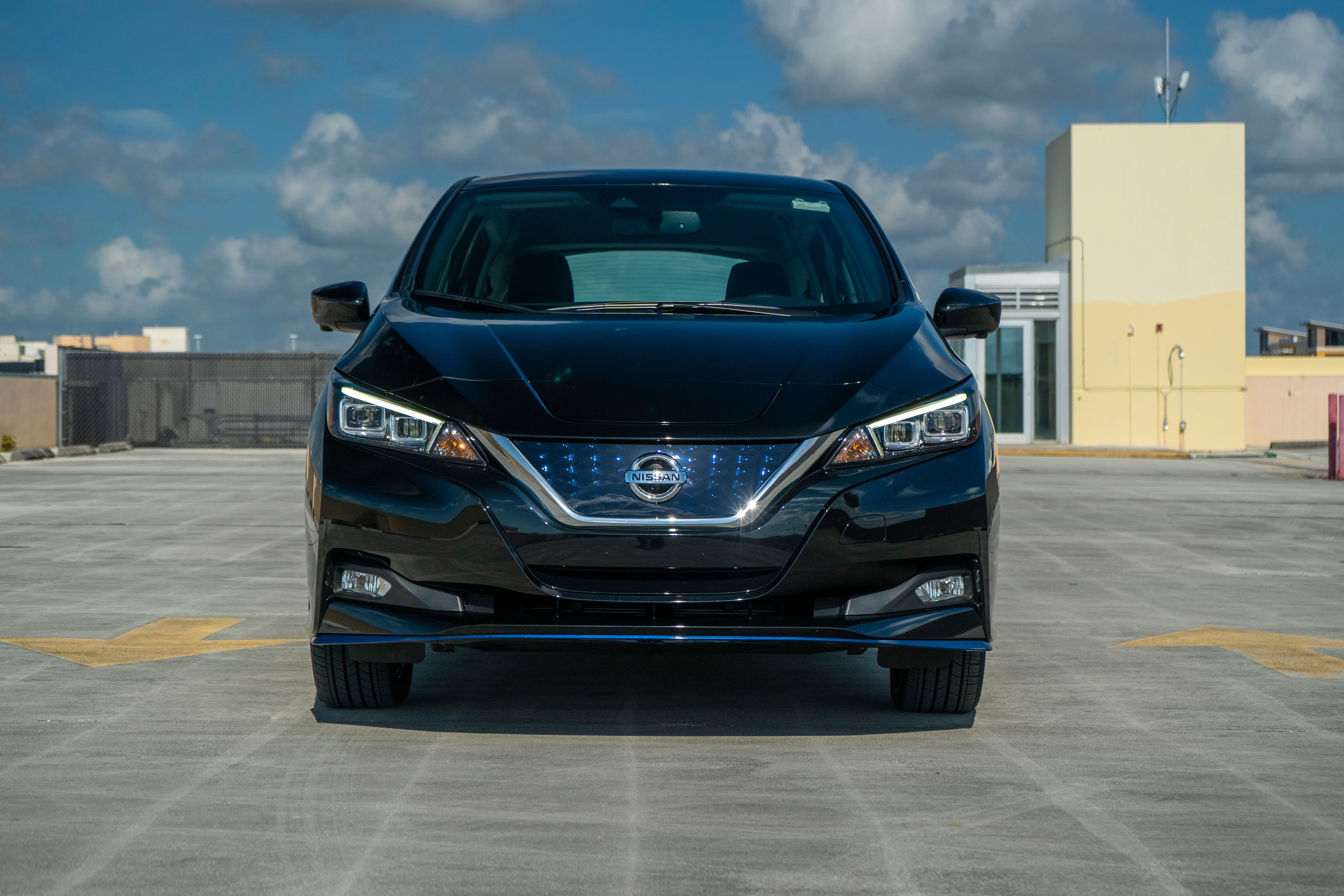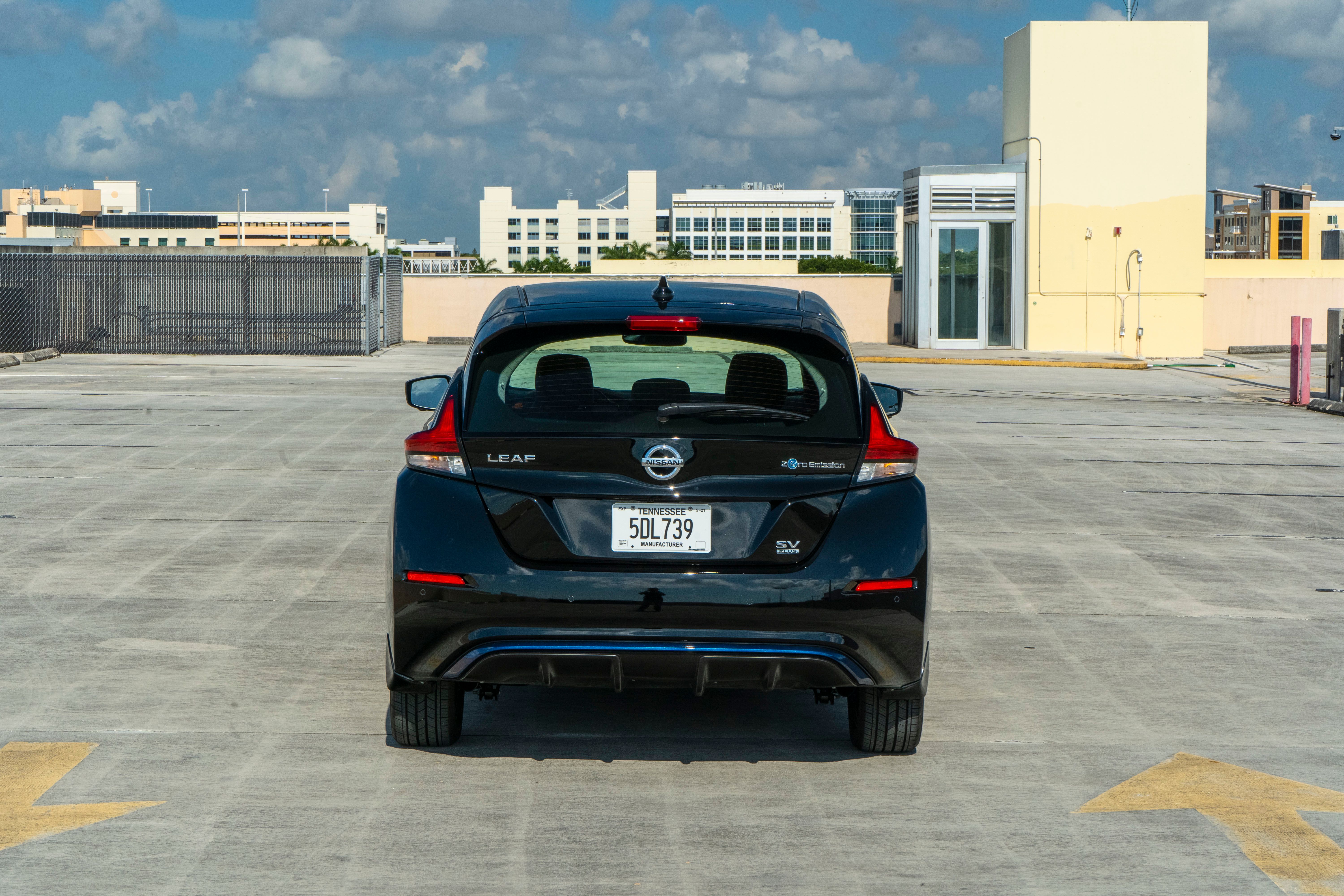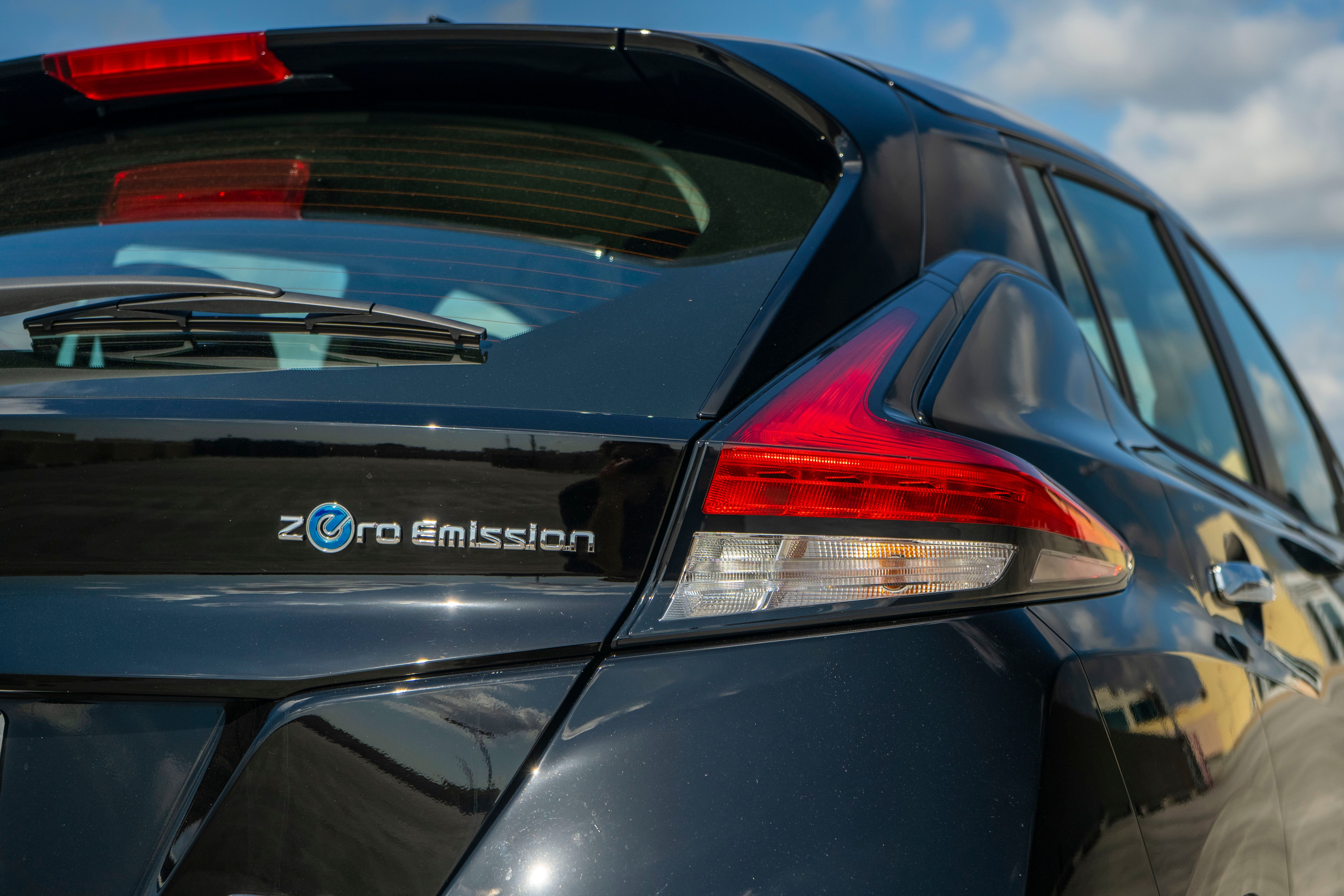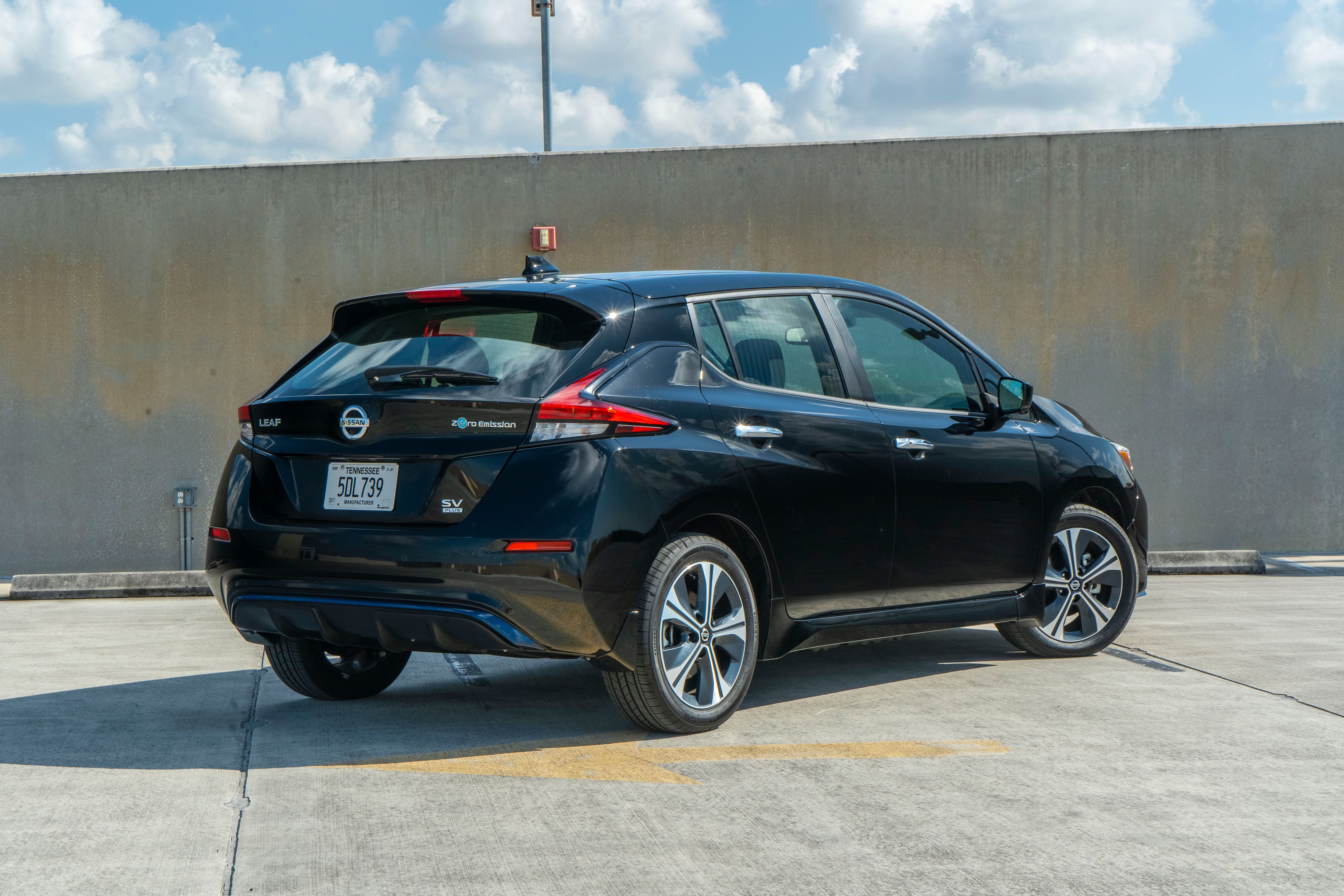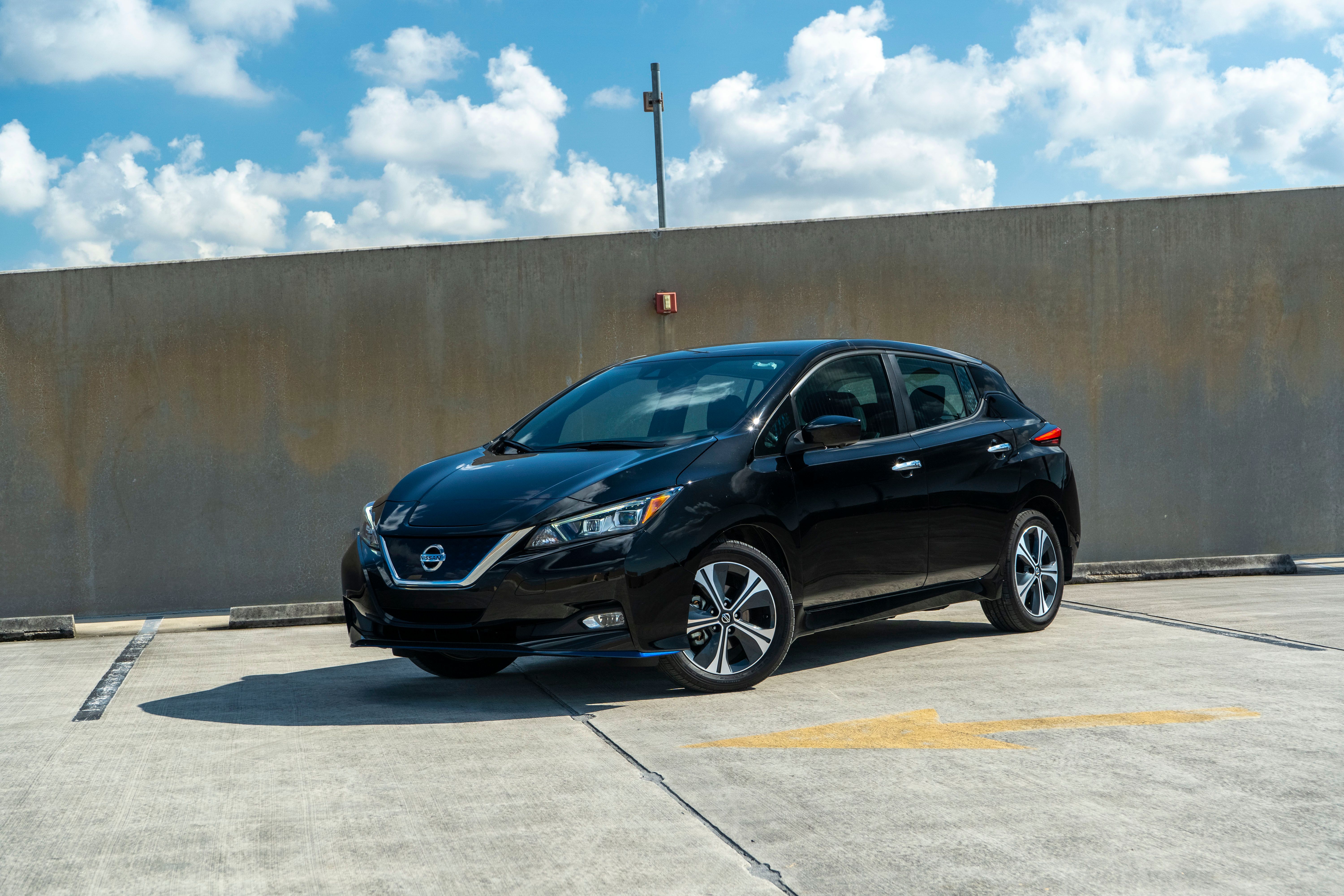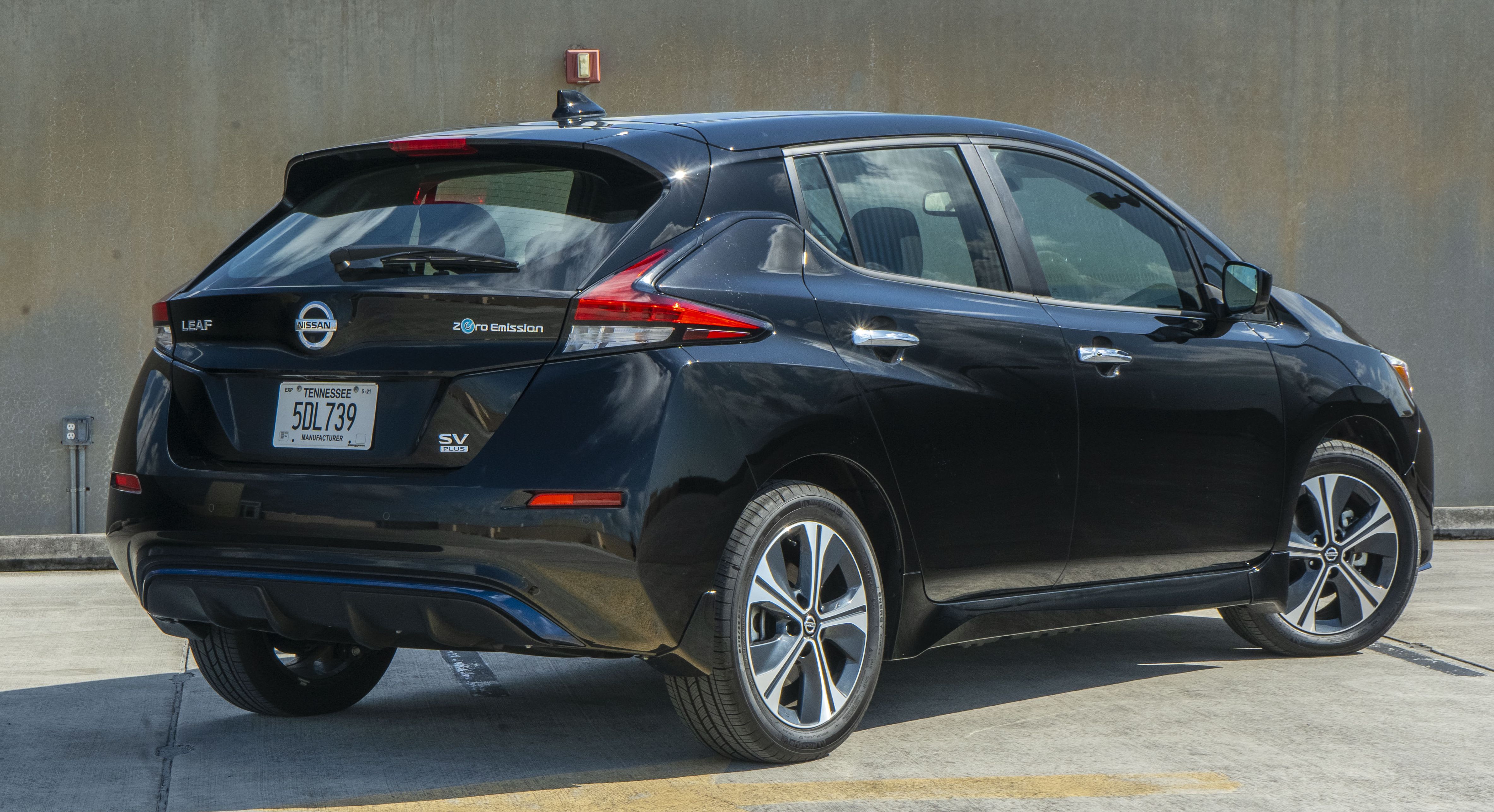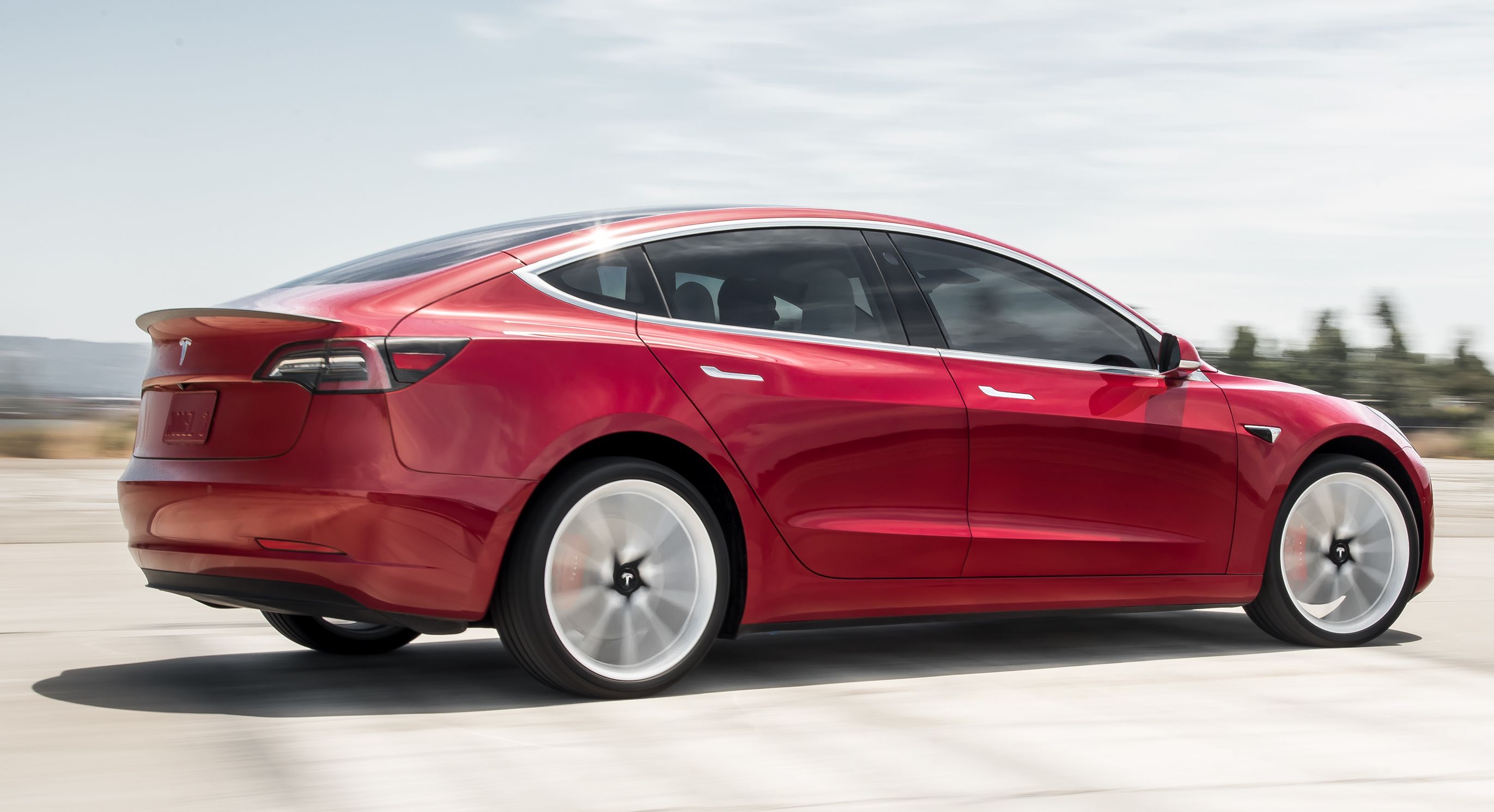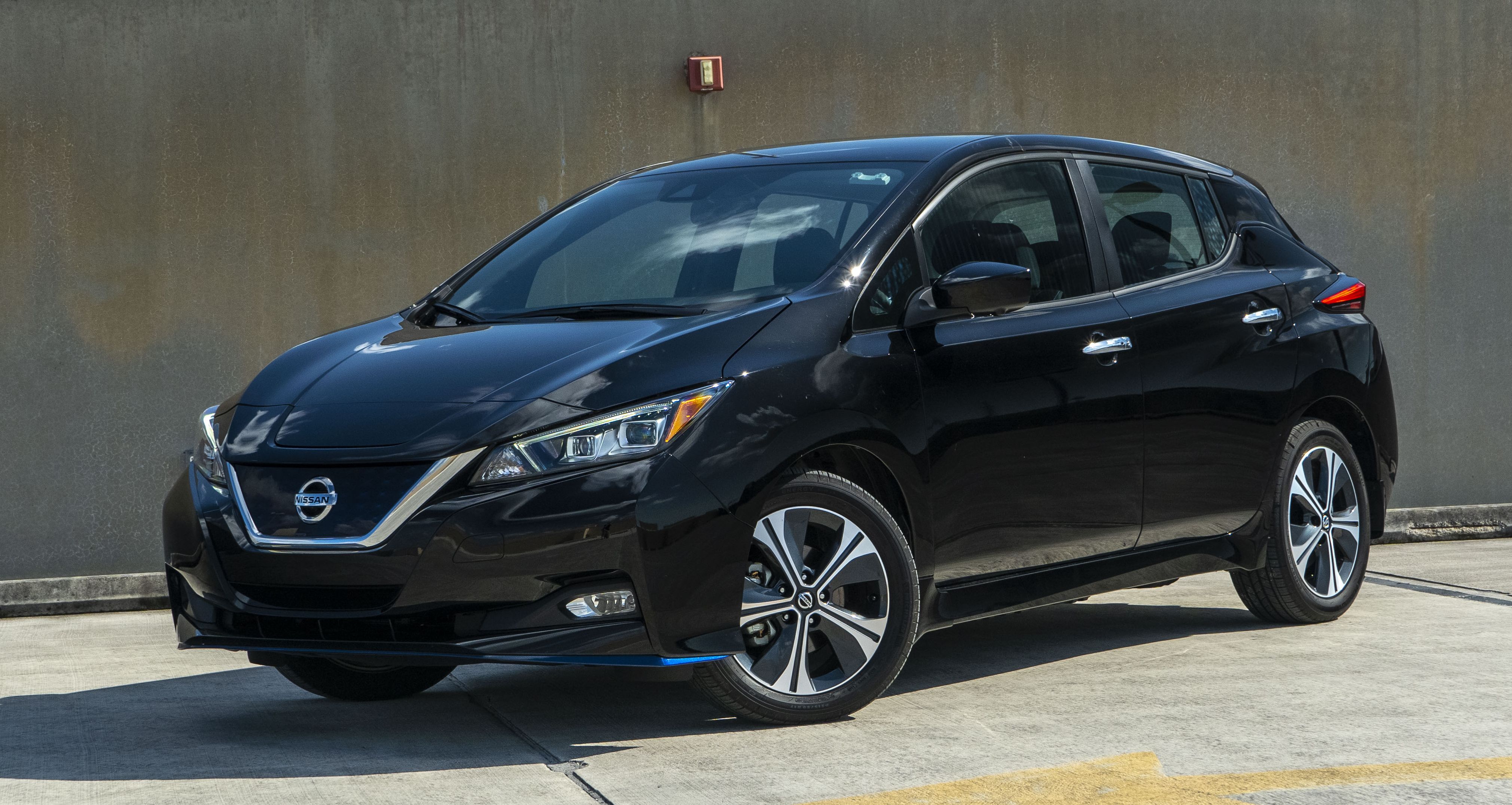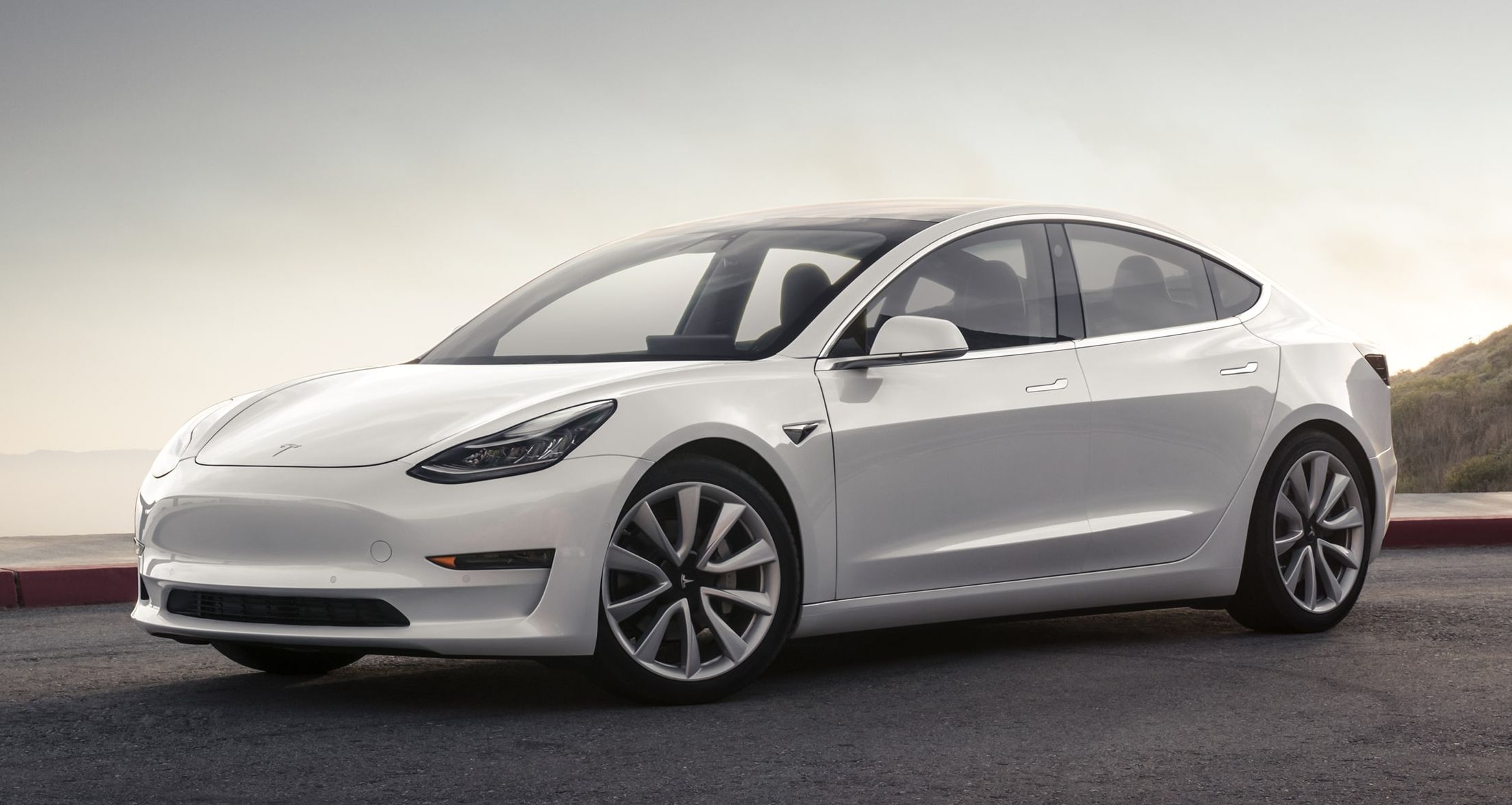Nissan Leaf has been on the block for a decade now. It was one of the earliest entrants in the market and continues to live on. While it can be considered as the veteran in this segment if you go by its age, the Leaf didn’t make a mark like, say, any of the Tesla models did in their respective segment.
The electric hatch comes with acceptable aesthetics and decent tech features, but not the best powertrain or battery specs. But, there’s certainly more to this than meets the eye, and we’re here to uncover it. The Nissan Leaf arrived at TopSpeed’s headquarters recently, and here are our impressions about this urban electric commuter.
2020 Nissan Leaf - Driven
- Make: Array
- Model: 2020 Nissan Leaf - Driven
- Horsepower: 147
- Torque: 236
- [do not use] Vehicle Model: Array
What Powers The Nissan Leaf?
The Nissan Leaf features a permanent magnet electric motor that makes a meager 147 horses and 236 pound-feet of torque. Power is sent only to the front wheels. Thanks to the instantaneous torque, the Leaf seems quick off the line and takes 8.3 seconds to hit the 60 mph mark from a standstill. However, if you compare it to EV standards, it is pretty slow; even slower than the Chevy Bolt. The top speed is rated at just 89.5 mph. This seems disappointing on paper, but being an urban commuter, this EV is meant to be quick, not fast. So, no complaints in the top speed aspect.
Nissan also has the Leaf Plus model with more power, a bigger battery pack, and a higher sticker price.
It is powered by the same single motor setup that sends power to the front wheels only. The Plus model takes around seven seconds to sprint to 60 mph, but it is still slower than its competitors.
Nissan Leaf specifications
|
Electric Motor Output |
110 kW |
|---|---|
|
Horsepower |
147 Horsepower |
|
Torque |
236 LB-FT |
|
Driveline |
FWD |
|
Range |
149 Miles |
|
Battery Capacity |
40 kWh |
|
Charging Time (110 Volt) |
35 Hours |
|
Charging Time (220 Volt) |
8 Hours |
|
Charging Time (440 Volt) |
0.75 Hours |
2020 Nissan Leaf Driving Impressions
As is with any EV in the segment, the ride quality is sorted and the short dimensions make it a good urban commuter. In its first-generation, the Leaf was quick off the line but that didn’t last long. You’d feel a loss of power above 30 mph. Things have gotten better in the second generation, but it isn’t going to plaster a grin on your face every time you press that A-pedal.
On the highways, it might disappoint you and leave you wanting for more.
That said, it is smooth, quiet, and stable around the corners as well. The car makes use of front independent suspension. The ride quality is neither too spongy, not too firm. Nissan offers an E-pedal feature on all the trims that offers more aggressive regenerative braking. It not only helps increase the efficiency, but once you get a hang of it, you could drive around with just a single pedal. This E-pedal can be activated using a switch near the central shift knob.
Nissan Battery, Range, and Charging
This is the least range amongst the competition and is good enough only for city drives. The minute you take it on the highway, you will feel range anxiety. Mind you, 149 miles is achieved when driven sedately. When driven hard, this number drops lower.
If you want a better range, it would be ideal to opt for the Leaf Plus trims that come with a 62-kWh battery pack. This Plus model is available on three different trim levels – S Plus, SV Plus, and SL Plus. The higher Plus models offer a range of up to 215 miles on a full charge, but the base S Plus trim manages to deliver 226 miles - an extra 11 miles to the battery’s range. Despite this, it falls short behind the Chevy Bolt’s EPA-estimated range of 259 miles drawn from a 66-kWh battery pack. The Bolt, by the way, offers the best non-Tesla range today.
When connected to a 240-volt charging unit, the Leaf with the 40-kWh battery takes eight hours to charge, whereas the Leaf Plus takes 11.5 hours. You can also plug it into a regular 120-volt charging unit as well, but it takes significantly longer to replenish. Expect for the base S trim on the Leaf, all the other Leaf and Leaf Plus models come with 480-volt DC fast-charging connection as standard. With this, 80-percent of the 40-kWh battery is replenished in 40 minutes and the 62 kWh battery pack of the Leaf Plus replenishes in an hour.
Nissan Leaf Exterior Design
Nissan offers the Leaf in five different trims – S, SV, S Plus, SV Plus, and the SL Plus. The model we received was a black Leaf SV Plus. Up front, the car is flanked by the V-Motion grille that’s now a familiar sight on most of the Nissan models. The upward-sloping headlights feature Daytime Running Lights that look classy. Fortunately, the usage of chrome is minimal. The little bits you see on the door handles and grille help break the monotony, especially on dark colors.
There are blue touches at the front and back that look swell and signify the car’s “zero-emission” philosophy. The side profile is as generic as it can get, except for the rear end where the taillight extends sharply. This trim rides on 17-inch machine-finished aluminum-alloy wheels. The floating roof effect is evident at the back and gives the Murano vibes. The rear looks the most stylish, with the integrated spoiler, the sharp, pointed taillights, and the faux skidplate. Overall, the Nissan Leaf looks quite smart and will age well.
The car is offered in eight different colors:
-* Super Black
-* Deep Blue Pearl
-* Gun Metallic
-* Brilliant Silver Metallic
-* Scarlet Ember Tintcoat ($395)
-* Sunset Drift ChromaFlair ($395)
-* Pear White TriCoat ($395)
-* Two-Tone Pearl White TriCoat/Super Black ($695)
How Big Is The Nissan Leaf?
In terms of dimensions, the Nissan Leaf slots in between the Chevy Bolt and the Tesla Model 3. It is 176.4 inches long, 70.5 inches wide, and 61.4 inches tall. The Chevy Bolt measures 164 inches in length, 69.5 inches in width, and 62.8 inches in height. The Tesla Model 3 is the longest and widest of the lot, and measures 184.8 inches in length, 72.8 inches in width, and 56.8 inches in height.
Nissan Leaf exterior dimensions
|
Length |
176.4 Inches |
|---|---|
|
Width |
70.5 Inches |
|
Height |
61.4 Inches |
|
Wheelbase |
106.3 Inches |
|
Ground Clearance |
5.9 Inches |
|
Front Track |
60.6 Inches |
|
Rear Track |
61.2 Inches |
The same continues with the wheelbase. The Leaf’s wheelbase measures 106.3 inches, the Bolt’s measures 102.4 inches, and the Model 3 with the longest wheelbase measures 113.2 inches. But, in terms of ground clearance, the Leaf takes the cake. It sits 5.9 inches off the ground, 0.4 inches higher than the Bolt as well as the Model 3.
Speaking of the track width, the Leaf is wider at the rear. It measures 60.6 inches at the front and 61.2 inches at the rear. The Bolt and Model 3 have the same front and rear track width, measuring 59.1 inches 62.2 inches, respectively.
How Much Does The Nissan Leaf Weigh?
The Model 3 comes next, weighing 3,554 pounds, and the Bolt weighing nine pounds more than the Tesla. But, if you consider the Leaf Plus, it's the heaviest of the lot – courtesy of its 62-kWh battery – weighing in at 3,781 pounds. So, if you take the best battery pack-to-curb weight ratio, the Tesla Model 3 wins the contest.
Nissan Leaf Interior Design
The Leaf’s cabin is one of its strongest suits. Despite following an all-black theme – which can be a hit or a miss in most cases – this EV doesn’t miss the mark.
Starting from the cockpit, you receive a chunky, leather-wrapped, flat-bottomed steering wheel that’s a delight to hold. It features many buttons on it, but doesn’t feel too cluttered. The instrument cluster features a speedometer and a seven-inch MID that throws up all the relevant data related to the drive, like the maximum, average, and minimum range, and warning lights amongst the other standard stuff.
The bottom half of the center console features the HVAC controls in the form of buttons. The engine start/stop switch is also present here, along with USB drives. The joystick-type gear lever looks funky and quite unorthodox. Speaking of the seats, they are wide and comfortable, but are thin and don’t have enough bolstering. Despite being sufficiently wide and spacious, the rear seats cannot accommodate three adults comfortably. It’ll be a squeeze and the passengers will hate you for it. But, in terms of legroom, there’s ample space here.
As for the infotainment system, every trim comes with the same eight-inch touchscreen. So, whether you’re spending $32,000 for the base or $44,000 for the top-end, you get the same screen. This is outrageous considering that EV automakers, in general, pay a lot of attention to technology. Offering the same system across the lineup is just lazy and a person spending $12,000 extra deserves a better system. It runs on Nissan’s Connect software and supports Apple CarPlay and Android Auto. Navigation, however, is optional. The SL and SL plus feature a seven-speaker Bose audio system and the other trims are sold with a six-speaker setup. Neither of them was impressive at this price point.
How Spacious Is The Nissan Leaf On The Inside?
The Bolt and the Model 3 offer 37.7- and 40.3 inches respectively. The 54.3-inch front shoulder room is adequate when you sit in the car, but is just about on par with its rivals. It’s the same story with the hip room and legroom as well. The Nissan measures 51.7 inches and 42.1 inches respectively, both almost as much as the Bolt. The Tesla Model 3 offers the maximum space in both these departments.
Nissan Leaf interior dimensions
|
Front Headroom |
41.2 Inches |
|---|---|
|
Front Shoulder Room |
54.3 Inches |
|
Front Hip Room |
51.7 Inches |
|
Front Leg Room |
42.1 Inches |
|
Rear Head Room |
37.3 Inches |
|
Rear Shoulder Room |
52.5 Inches |
|
Rear Hip Room |
50.0 Inches |
|
Rear Leg Room |
33.5 Inches |
Despite a longer wheelbase and a wider body, the Nissan Leaf is not as spacious as the Bolt at the back. The headroom measures 37.3 inches, the shoulder room 52.5 inches, and the hip room 50 inches. All these numbers are slightly lower than the Chevy Bolt and much lower than the Tesla Model 3. The rear legroom takes the biggest hit. It measures 33.5 inches, whereas the Model offers 35.2 inches and Bolt offers 36.5 inches of legroom at the rear. This, despite a 3.9-inch longer wheelbase than the Bolt. The Leaf feels spacious, but it could be even better if designed and engineered in a slightly better manner.
A 23.6 cubic-feet cargo area is significantly higher than the Bolt’s 16.9 cubic-feet cargo and Tesla’s 15 cubic-feet. But, things aren’t the same when the rear seats are flipped down. Since the seats don’t fold flat, the area maximizes only up to 30 cubic-feet. The Chevy Bolt wins here, offering a maximum cargo space of 56.6 cubic-feet – almost double! The Tesla Model 3’s cargo area doesn’t increase since it has a dedicated boot area.
Nissan Leaf Price and Warranty
The Nissan Leaf is offered in five different trims in total; two of which are the standard models that come with the 40-kWh battery pack, and three Leaf Plus models that are packed with the 62-kWh battery pack. This is how they’re priced:
|
S |
$31,600 |
|
SV |
$34,190 |
|
S Plus |
$38,200 |
|
SV Plus |
$39,750 |
|
SL Plus |
$43,900 |
Nissan offers a basic warranty package that covers 3 years/36,000 miles, the Powertrain warranty covers 5 years/60,000 miles, and the battery warranty covers 8 years/100,000 miles.
Nissan Leaf Competition
Chevy Bolt
|
|
ids=917847,917846 |
no_overlay=false |
before_label=2020 Nissan Leaf |
after_label=2020 Chevrolet Bolt> |
The Bolt is a jack of all trades and master of none. As a whole package, there’s nothing in here to disappoint you, but nothing will make you seal the deal at the first glance either. It features a single-motor setup that makes 200 horses and 266 pound-feet of torque. It’s much quicker than the Nissan Leaf off the line, but not as fast as the Model 3. It boasts of the best non-Tesla range of 259 miles, courtesy of the 66 kWh battery pack.
The car is sold in just two trims and you don’t widespread buffet to choose from. If you’re looking at its purely for daily urban commutes, the compact dimensions will appeal to you. It is quite spacious on the inside as well, so hauling a bunch of people won’t be a task either. Technology-wise, there’s a lot left to desire, considering that the Model 3 is priced in the ballpark. But, it certainly is better than the Leaf in this aspect. It starts at $37,500 and the tops out at $41,900.
|
|
ids=917864,917863 |
no_overlay=false |
before_label=2020 Nissan Leaf |
after_label=2020 Chevrolet Bolt> |
Nissan leaf vs Chevrolet Bolt EV
|
Nissan Leaf SV |
Chevy Bolt EV |
Electric Motor Output |
110 kW |
150 kW |
|
|---|---|---|---|---|---|
|
Horsepower |
147 Horsepower |
200 Horsepower |
|||
|
Torque |
236 LB-FT |
266 LB-FT |
|||
|
Driveline |
FWD |
FWD |
|||
|
Range |
149 Miles |
259 Miles |
|||
|
Battery Capacity |
40 kWh |
66 kWh |
|||
|
Charging Time (110 Volt) |
35 Hours |
12 Hours |
|||
|
Charging Time (220 Volt) |
8 Hours |
2.3 Hours |
|||
|
Charging Time (440 Volt) |
0.75 Hours |
TBA |
|||
|
Suspension |
Front Independent |
Front Independent |
|||
|
Turning Circle |
34.8 Feet |
35.4 Feet |
|||
|
Tire Size |
P205/55R16 |
P215/50R17 |
Read our full driven review on the Chevy Bolt
Tesla Model 3
|
|
ids=928529,928530 |
no_overlay=false |
before_label=2020 Nissan Leaf |
after_label=2020 Tesla Model 3> |
The Model 3 is arguably the best buy at this price point. Tesla’s best-selling model starts at $37,990 for the Standard Range Plus model that offers an EPA-estimated range of 250 miles. 283 horses and 317 pound-feet of torque is generated from a rear-axle mounted motor. The Model 3 takes merely 5.3 seconds to hit the 60-mph mark in its ‘slowest form’ and tops out at 140 mph. It is powered by a 75-kWh battery pack and takes about 8.5 hours to recuperate when connected to a 240-Volt charging point.
The cabin is very simple and almost everything is controlled by the huge touchscreen slapped on to the center console. There aren’t any federal tax credits to avail on the Model 3, so it kind of puts it at a price disadvantage. The Nissan Leaf, on the other hand, is eligible for tax credits. This will make a significant difference, especially if you compare the top-trim on the Leaf costing $43,900 (without tax credits) and Model 3’s Performance trim that starts from $55,000.
|
|
ids=928527,928528 |
no_overlay=false |
before_label=2020 Nissan Leaf |
after_label=2020 Tesla Model 3> |
Nissan Leaf vs Tesla Model 3
|
Tesla Model 3 |
Nissan Leaf |
Electric Motor |
Permanent Magnet |
Permanent Magnet |
|||||||||||
|---|---|---|---|---|---|---|---|---|---|---|---|---|---|---|---|
|
Transmission |
1-Speed Direct Drive |
1-Speed Direct Drive |
|||||||||||||
|
Horsepower |
283 HP |
147 HP |
|||||||||||||
|
Torque |
307 LB-FT |
236 LB-FT |
|||||||||||||
|
Driveline |
RWD |
FWD |
|||||||||||||
|
Battery Size |
75 kWh |
40 kWh |
|||||||||||||
|
Electric Range |
250 Miles |
99-123 Miles |
|||||||||||||
|
Charging Time @240 Volt |
8.5 Hours |
7.5 Hours |
|||||||||||||
|
Suspension |
Four-Wheel Independent |
Front Independent |
|||||||||||||
|
Turning Circle |
19.4 Feet |
34.8 Feet |
|||||||||||||
|
Front Tire Size |
P235/45R18 |
P205/55R16 |
|||||||||||||
|
Rear Tire Size |
P235/45R18 |
P205/55R16 |
|||||||||||||
|
0-60 MPH |
5.6 Seconds |
9.0 Seconds (est) |
|||||||||||||
|
Top Speed |
130 MPH |
89.5 MPH |
Read our full review on the Tesla Model 3.

